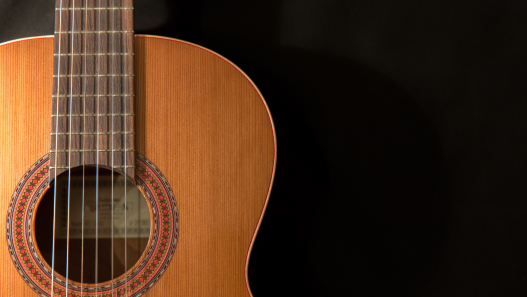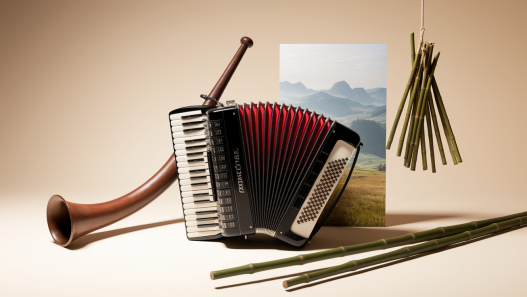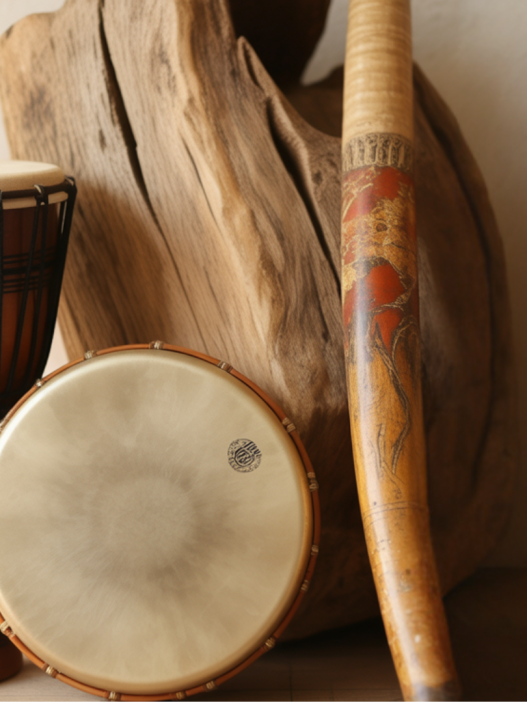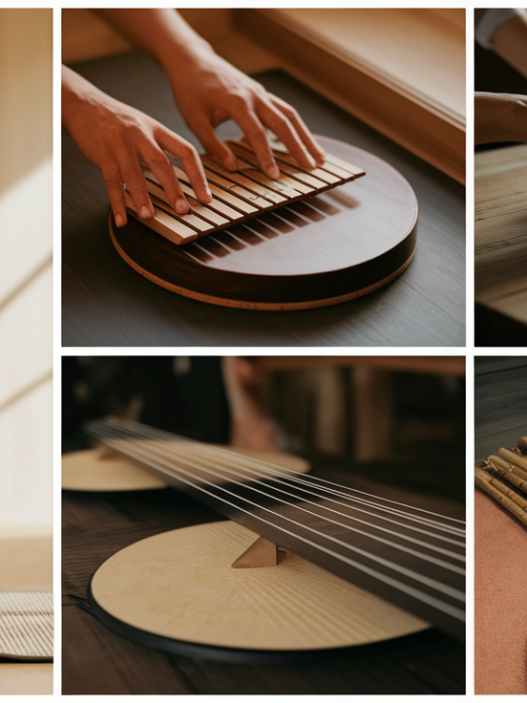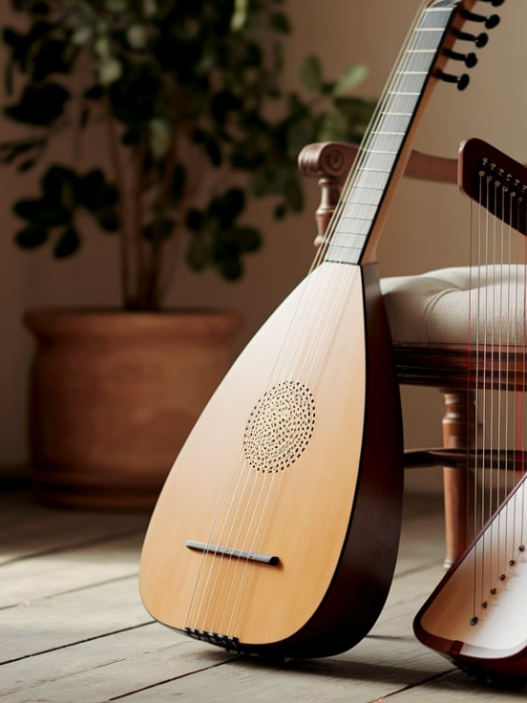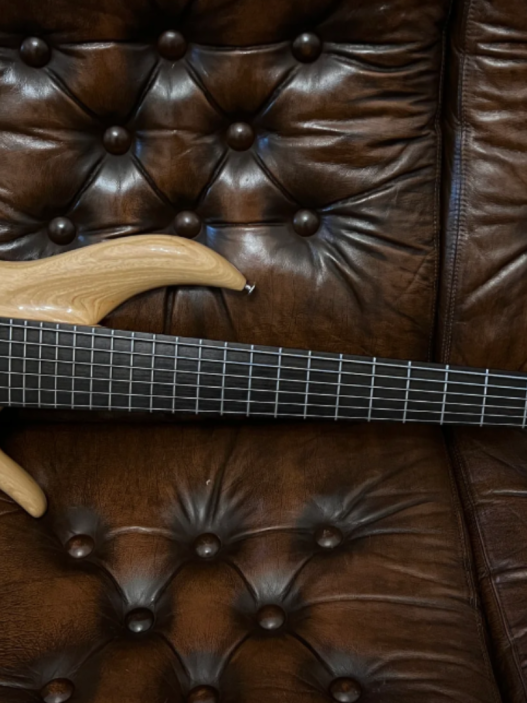Someone mentions an accordion at a party, and suddenly everyone has an opinion. Some people love that distinctive sound, while others scrunch up their faces in disgust.
But here’s the thing: the accordion is just one member of a whole family of incredible instruments that happen to start with the letter A.
Most music lovers tend to stick to the usual suspects when considering instruments. They know guitars, pianos, and drums, but miss out on some truly special sounds hiding in plain sight.
This post introduces readers to a collection of remarkable A-named instruments that deserve more attention, from ancient strings that have serenaded civilizations for centuries to modern marvels that push the boundaries of music.
Readers will learn about instruments they can try, where to hear them in action, and why each one earned its place in music history.
What Makes Instruments Starting With A Special?
Instruments that start with the letter A are a beautiful showcase of global music diversity, bridging cultures and genres in unexpected ways.
From the lively folk tunes played on the Accordion to the deep, echoing call of the alpine horn across Alpine valleys, each instrument holds a unique cultural story.
The Arghul, for instance, brings the soulful, earthy sounds of Egyptian and Middle Eastern music to life. Whether it’s folk traditions, classical masterpieces, or ceremonial music, these instruments demonstrate how a single letter can open doors to so many sonic worlds.
Ready to explore this fascinating lineup? Let’s dive into a detailed list and discover what makes each “A” instrument truly special!
List of Musical Instruments That Start With A
Music’s magic shines brightly through instruments beginning with A, a letter that unites cultures, sounds, and stories.
From traditional folk instruments to iconic orchestral pieces, each carries a unique voice that enriches our musical world.
Below, explore a curated list of fantastic instruments starting with A, complete with fascinating origins and fun facts!
1. Accordion
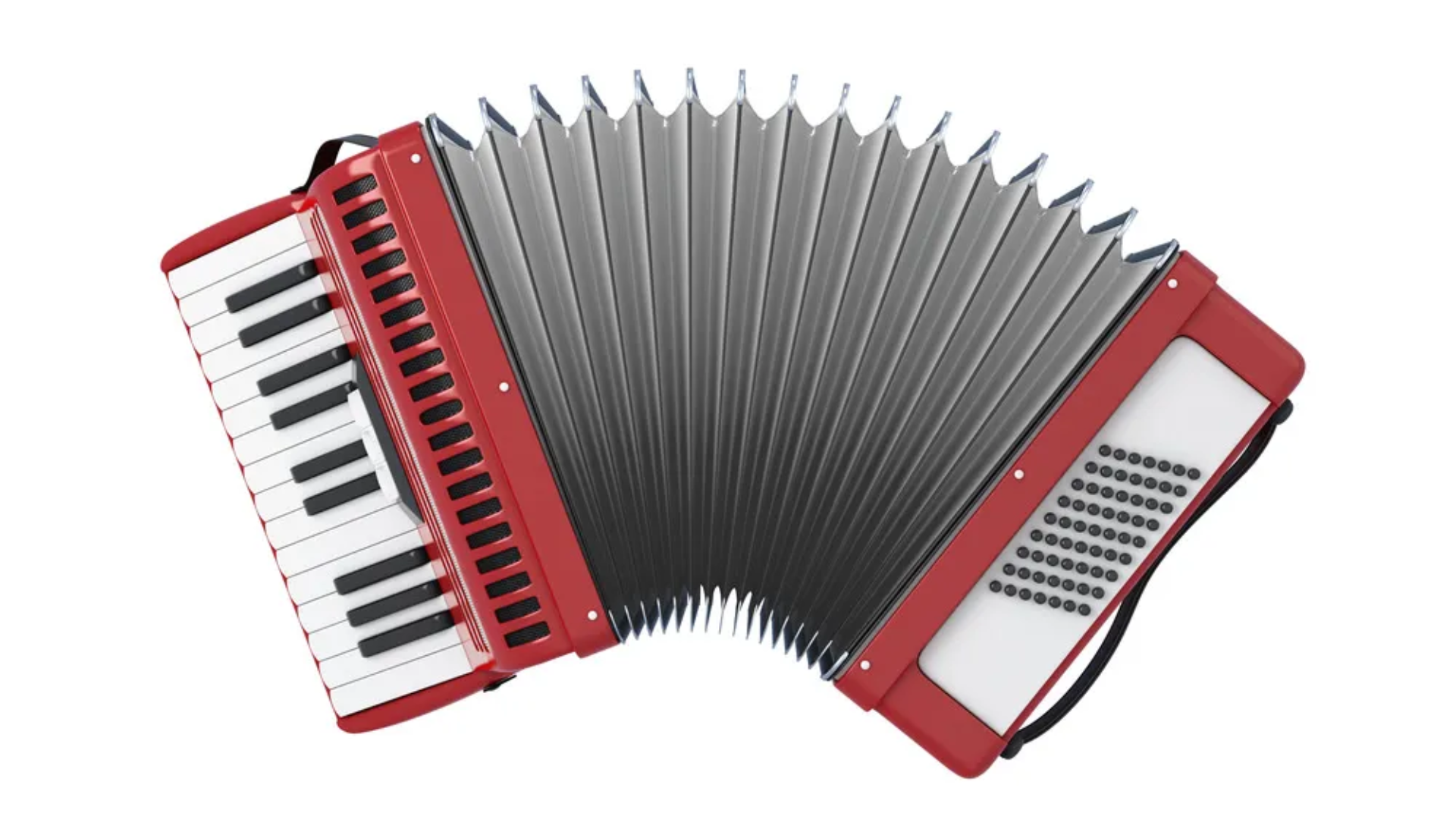
The accordion is a free-reed instrument known for its bellows and keyboard or buttons. It’s popular in folk, polka, and dance music worldwide. Players squeeze and expand the bellows to create dynamic, lively tunes.
Origin: Invented in the early 19th century in Europe, with strong roots in Germany and Austria.
Fun Fact: The accordion is sometimes called a “squeezebox” due to how it’s played!
2. Alphorn
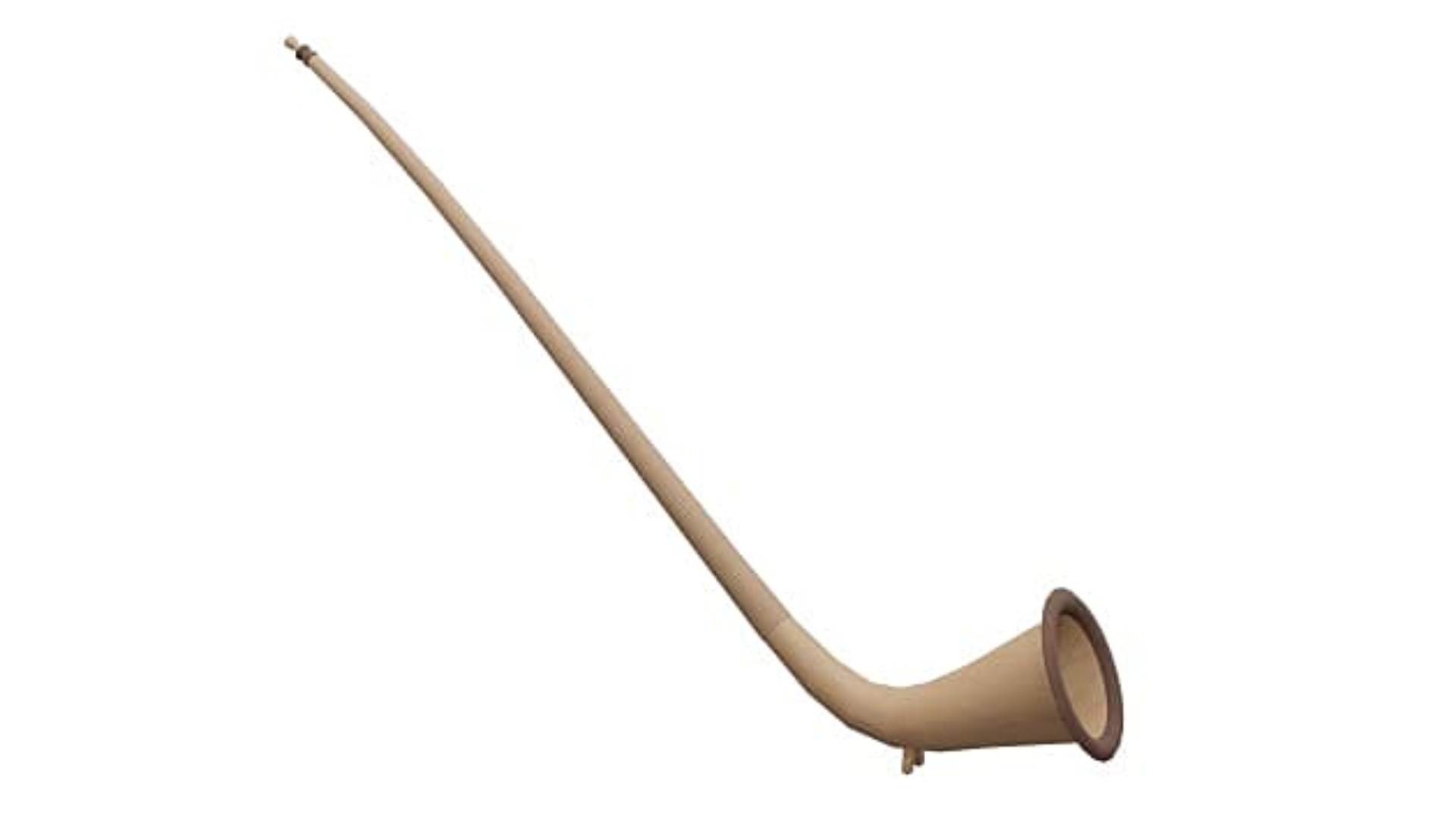
The alphorn is a long wooden horn traditionally used by Alpine herdsmen and villagers. It produces deep, resonant notes that echo beautifully in the mountains. Today, it symbolizes Swiss and Bavarian culture at festivals.
Origin: Swiss Alps, with a history dating back several centuries.
Fun Fact: Some alphorns can be over 12 feet long!
3. Arghul
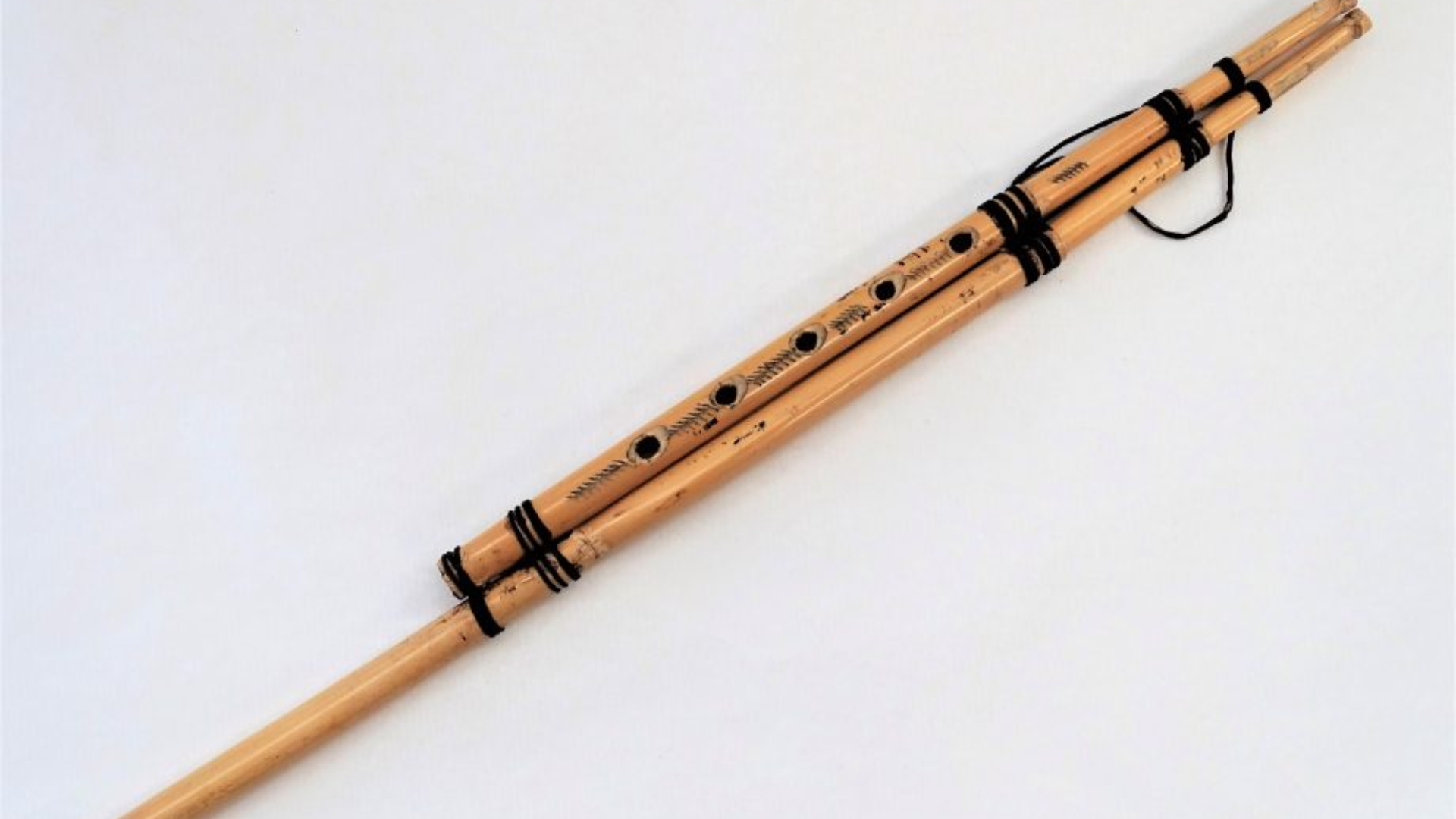
The arghul is an ancient double-pipe woodwind used in Middle Eastern music. It has a drone pipe and a melody pipe, creating hypnotic, rhythmic sounds. It’s commonly heard in Egyptian folk performances.
Origin: Egypt and other parts of the Middle East.
Fun Fact: The arghul’s drone pipe can be much longer than the melody pipe!
4. Agogo
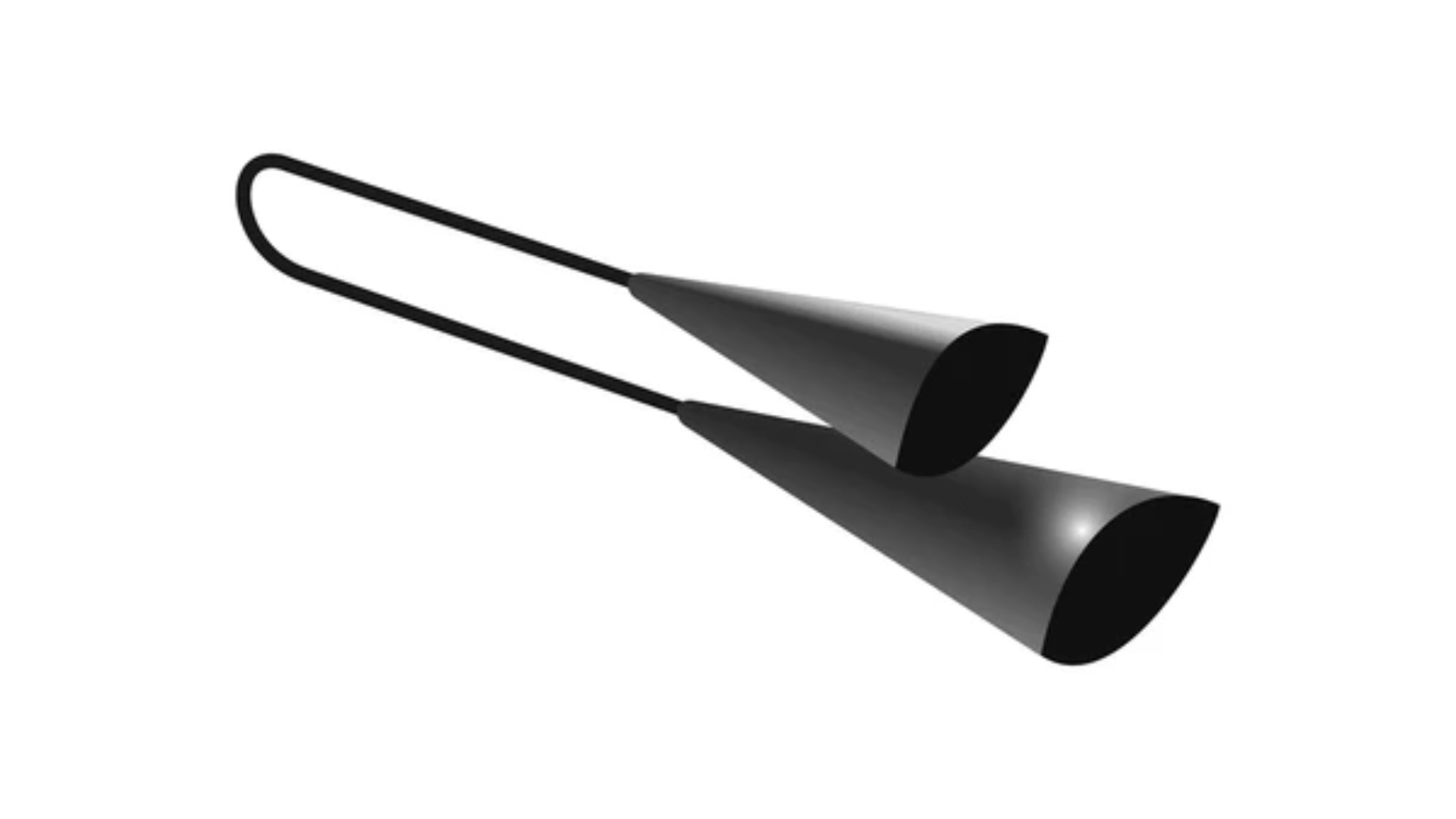
The agogo is a percussion instrument with two or more metal bells linked together. Played with a stick, it’s known for its bright, clanging tones. It’s popular in samba and African music.
Origin: West Africa, with widespread use in Brazilian music.
Fun Fact: The agogo bell inspired the modern cowbell used in rock bands!
5. Ajaeng
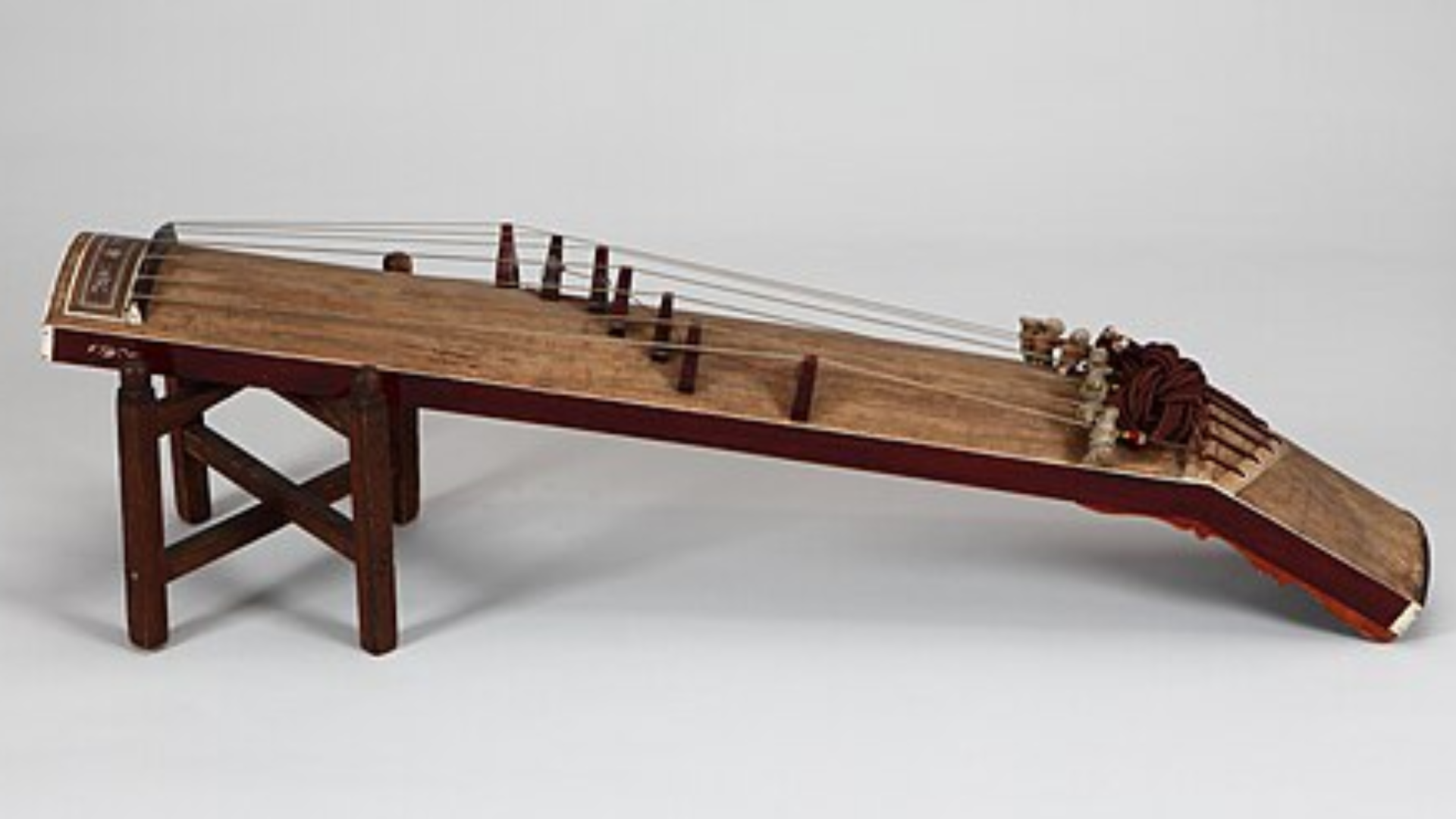
The ajaeng is a large Korean bowed zither with a deep, raspy tone. Musicians use a rosined stick instead of a bow to rub their strings. It’s a staple in traditional Korean court and folk music.
Origin: Korea, originating during the Goryeo Dynasty.
Fun Fact: The ajaeng’s strings were initially made from twisted silk!
6. Appalachian Dulcimer

The Appalachian dulcimer is a fretted string instrument that is laid flat and played by plucking or strumming. It has a soft, melodic sound popular in American folk music. Its simple design makes it beginner-friendly.
Origin: Appalachian region of the United States.
Fun Fact: The dulcimer’s shape often resembles an hourglass or teardrop!
7. Atabaque
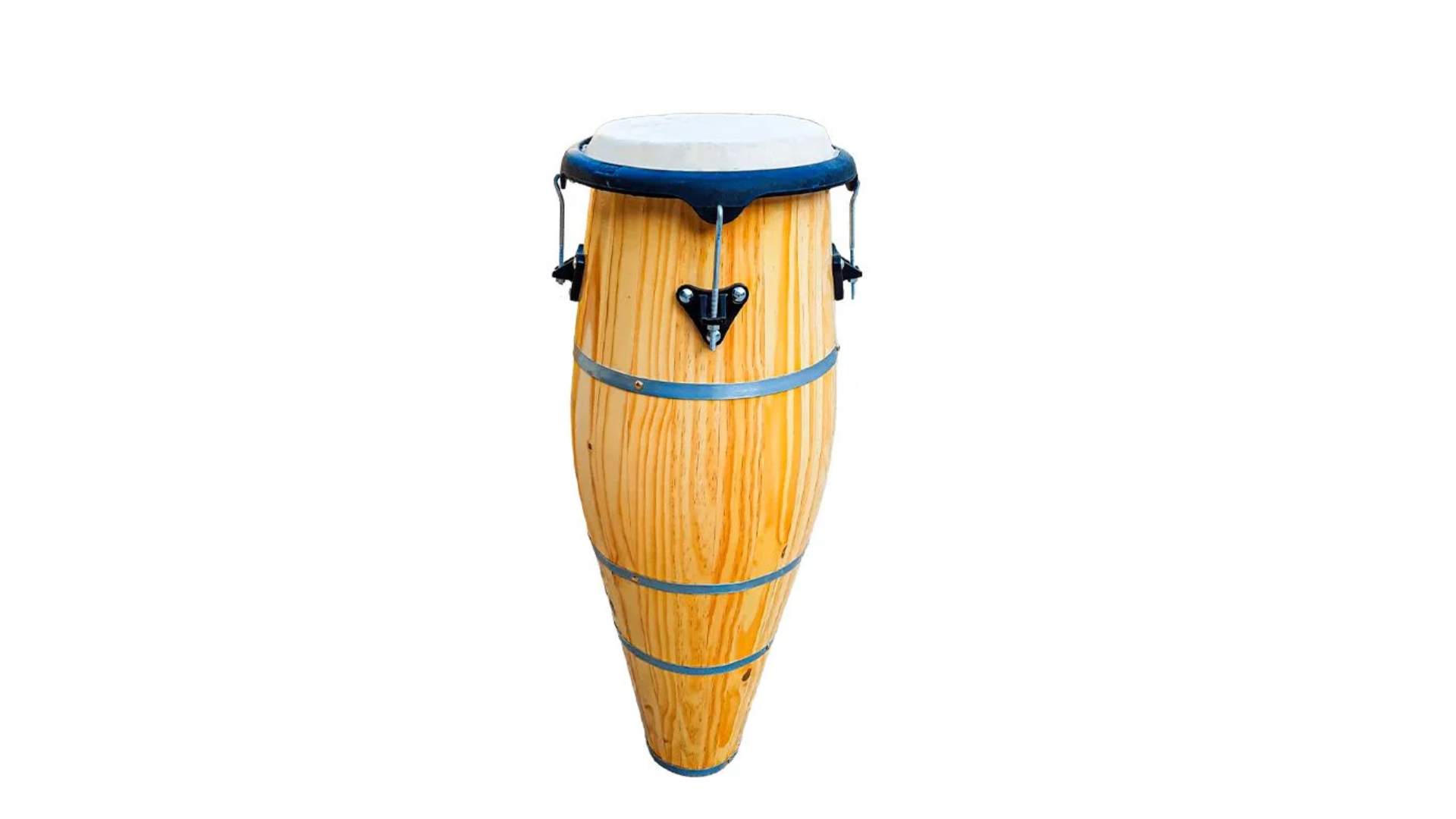
The atabaque is a tall, hand drum used in Afro-Brazilian music and dance. It’s central to capoeira and Candomblé rituals. Players produce powerful rhythms by striking the drumhead with their hands.
Origin: Brazil, with African roots from Yoruba traditions.
Fun Fact: It’s often played in sets of three different sizes: rum, rumpi, and lê!
8. Autoharp
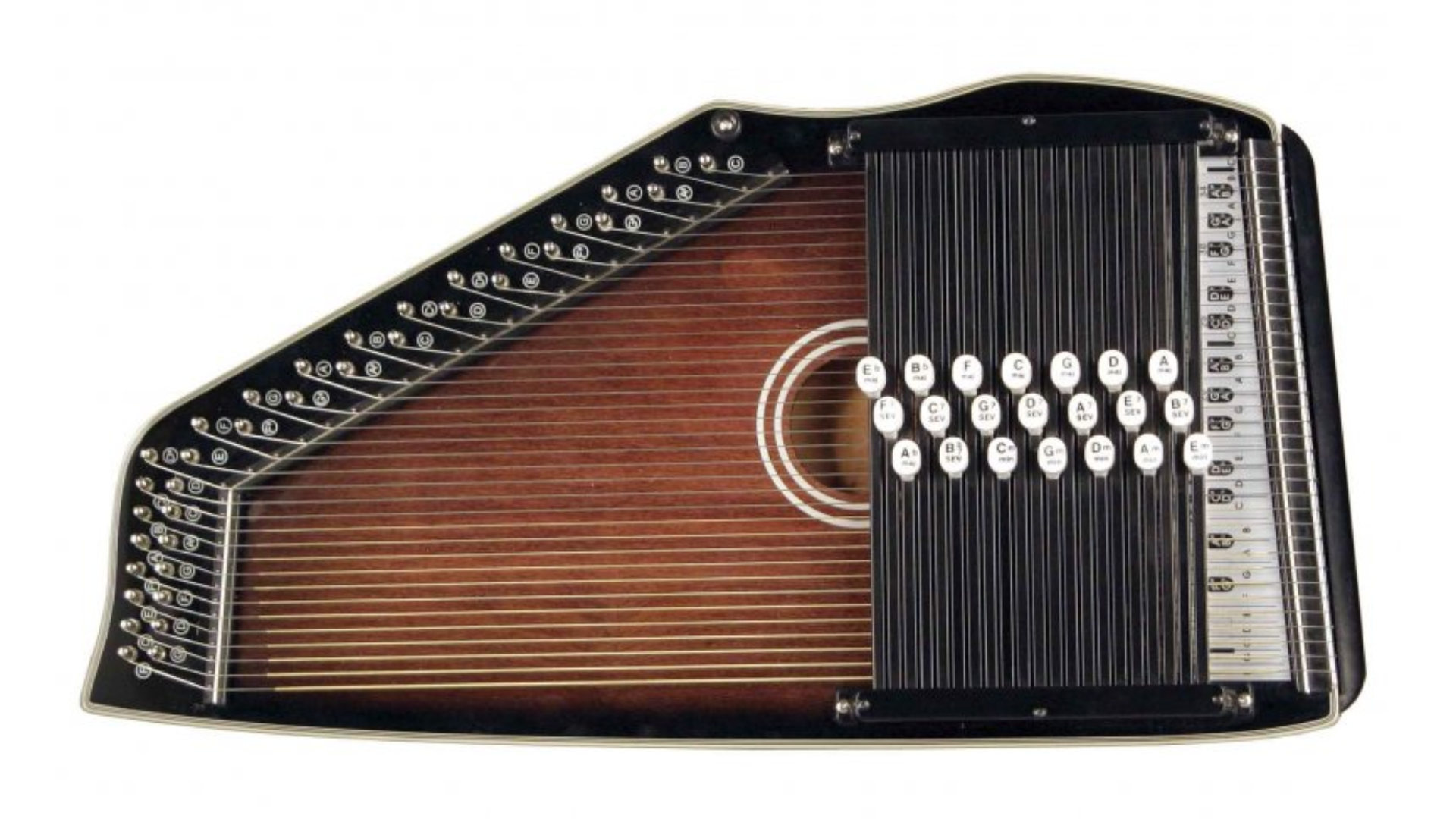
The autoharp is a chorded zither played by pressing buttons and strumming strings. It’s beloved in American folk and country music for its sweet, harmonious chords. Its simplicity makes it a favorite in schools.
Origin: Invented in Germany but popularized in the United States.
Fun Fact: Despite its name, it’s not technically a harp; it’s a zither!
9. Anklung
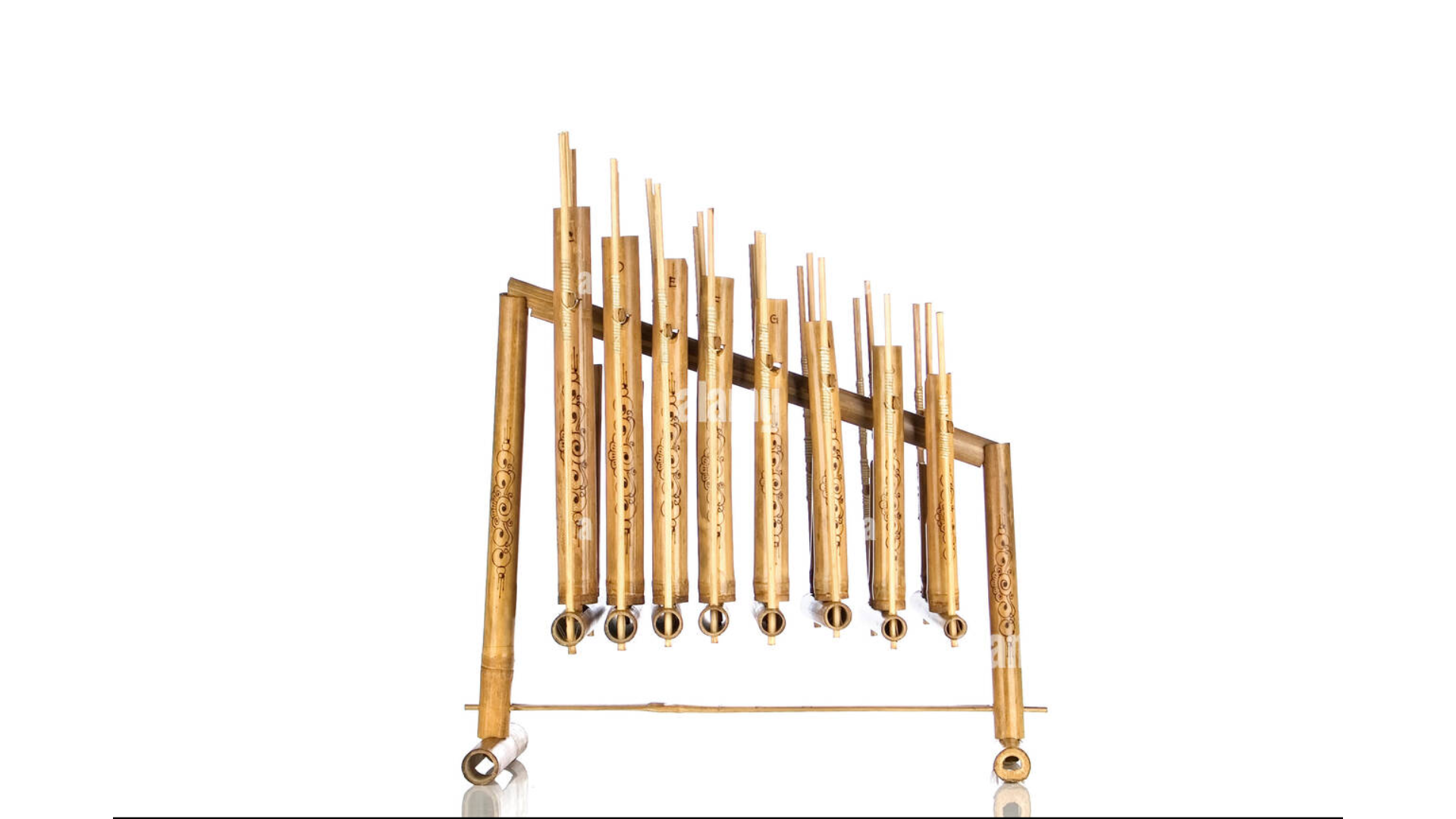
The anklung is a bamboo percussion instrument from Southeast Asia, shaken to produce ringing tones. Each tube resonates a single pitch, so groups play them together for melodies. It’s often used in festive and ceremonial music.
Origin: Indonesia, especially West Java.
Fun Fact: UNESCO recognized the anklung as a Masterpiece of the Oral and Intangible Heritage of Humanity!
10. Angklung
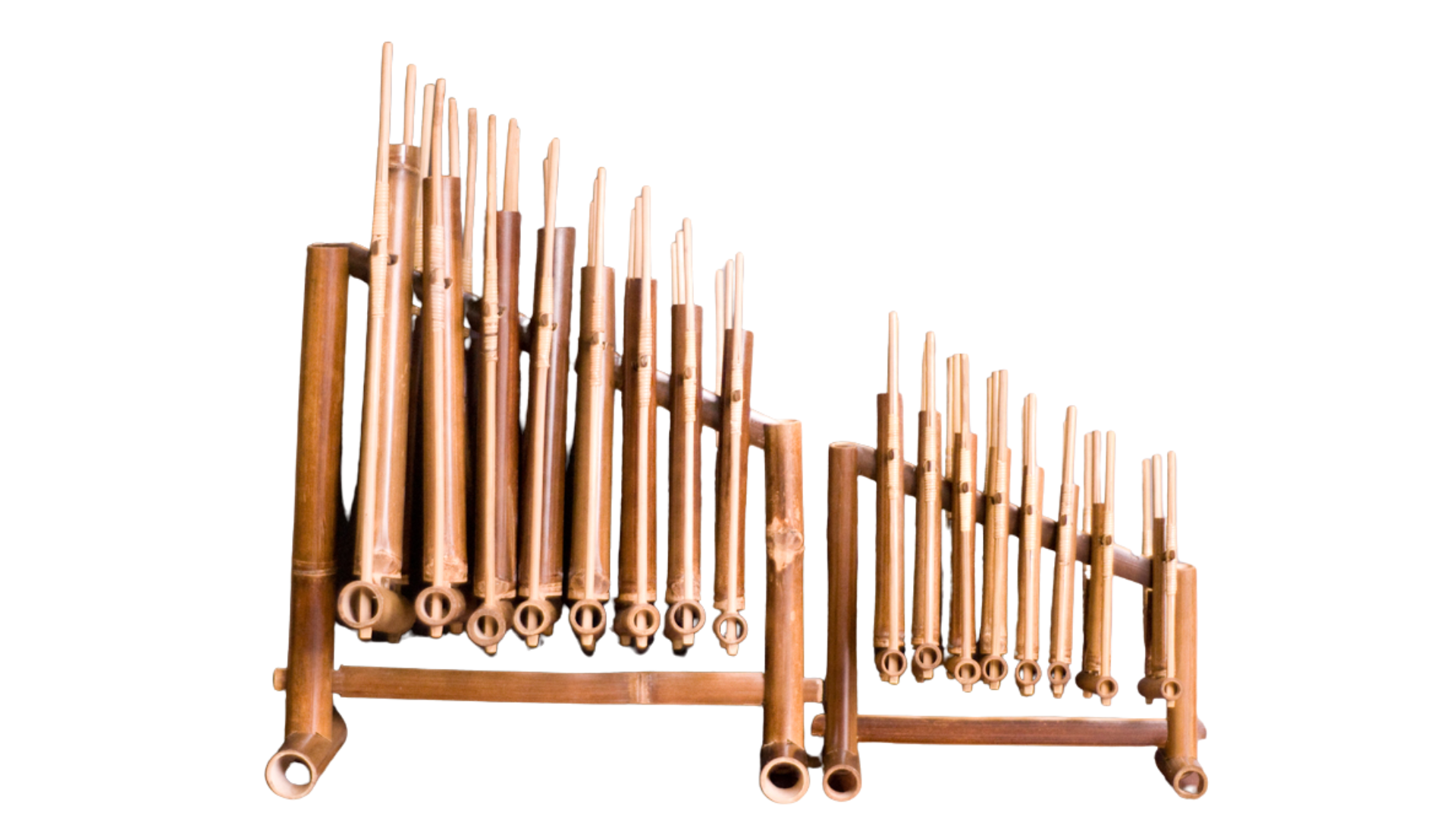
Closely related to the anklung, the angklung is another bamboo rattling instrument. It’s crafted in sets of varying pitches and played in coordinated ensembles. Its bright, hollow tones symbolize community unity.
Origin: Sundanese communities in Indonesia.
Fun Fact: Schoolchildren often perform angklung in large groups to teach teamwork!
11. Akete
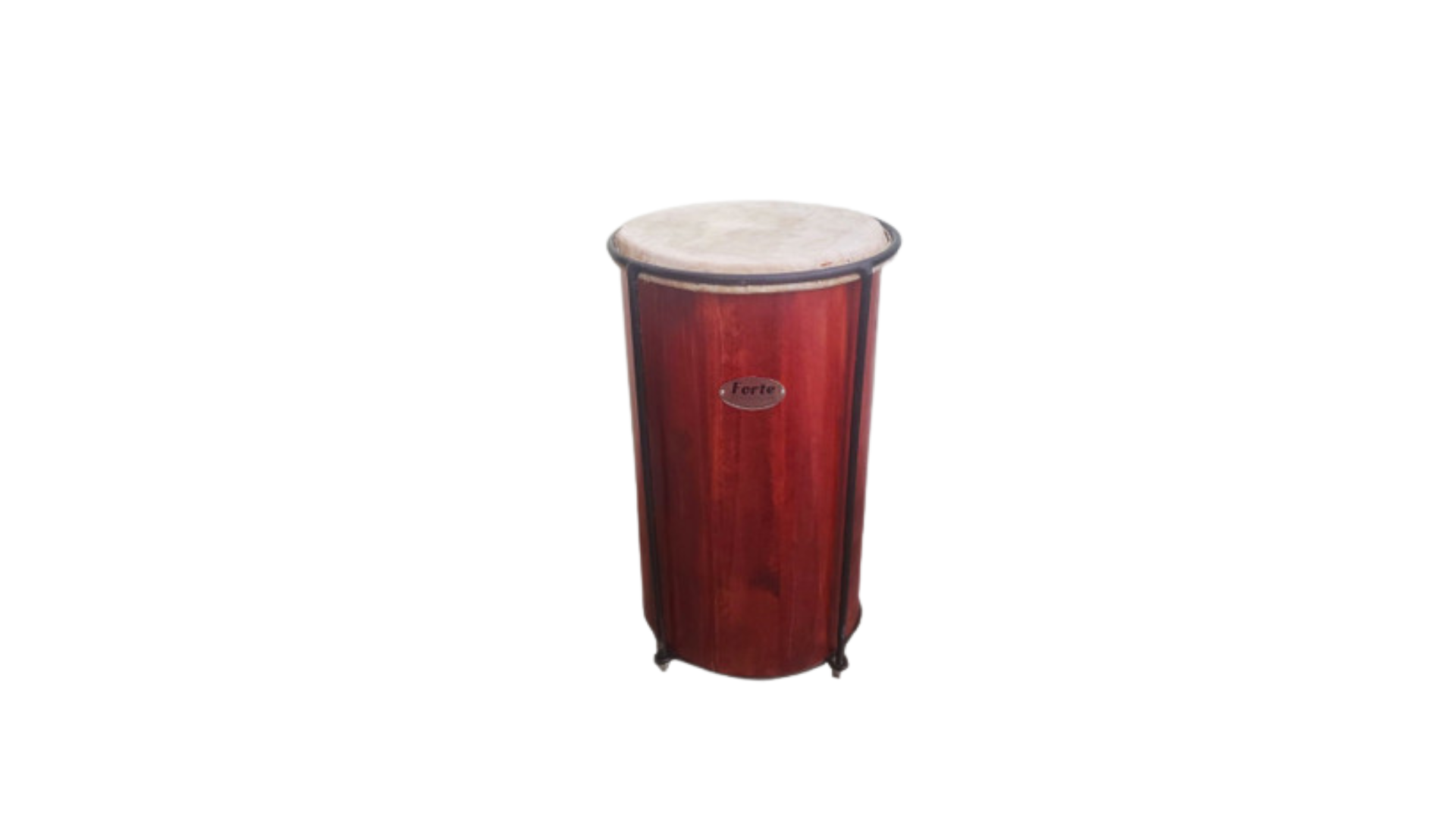
The akete is a hand drum used in Jamaican Nyabinghi drumming, a key part of Rastafarian culture. It produces crisp, high-pitched rhythms that lead ceremonial chants. Its playing style blends African and Caribbean influences.
Origin: Jamaica, with African drum ancestry.
Fun Fact: Akete drums are essential during Rastafarian gatherings called Grounations!
12. Agung
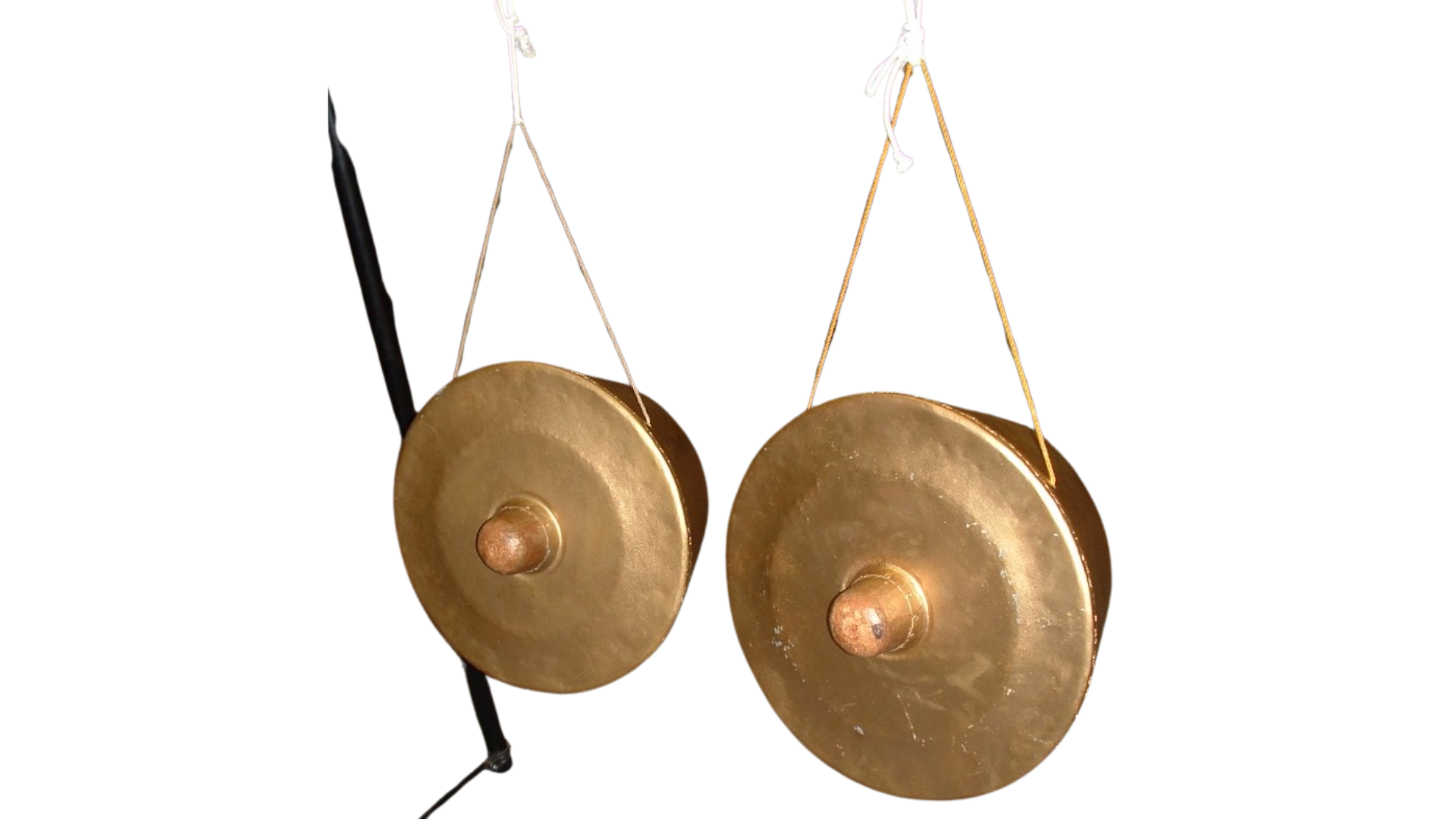
The agung is a large suspended gong played with a padded stick. It provides a bass rhythm in the traditional music of the Philippines and Indonesia. Its deep boom anchors ensembles like the kulintang.
Origin: Mindanao, Philippines, and parts of Indonesia.
Fun Fact: Playing the agung requires both strength and perfect timing!
13. Alghoza
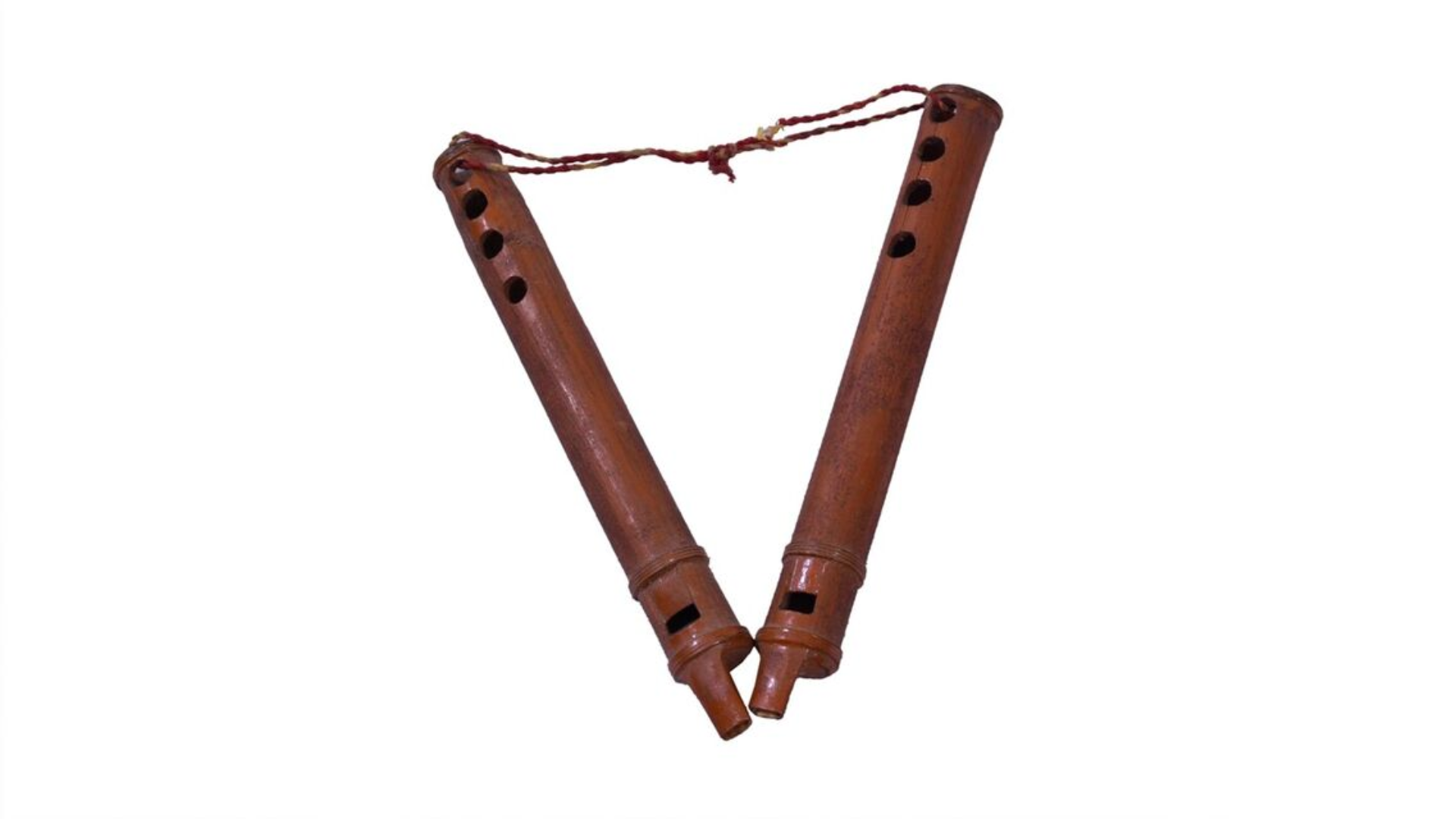
The alghoza is a double flute popular in the folk music of Pakistan and Rajasthan, India. Players blow into both flutes simultaneously to create a melody and drone. Its cheerful, repetitive tunes often accompany dance.
Origin: Punjab and Sindh regions of Pakistan and India.
Fun Fact: Musicians master circular breathing to play the alghoza without pausing!
14. Adungu
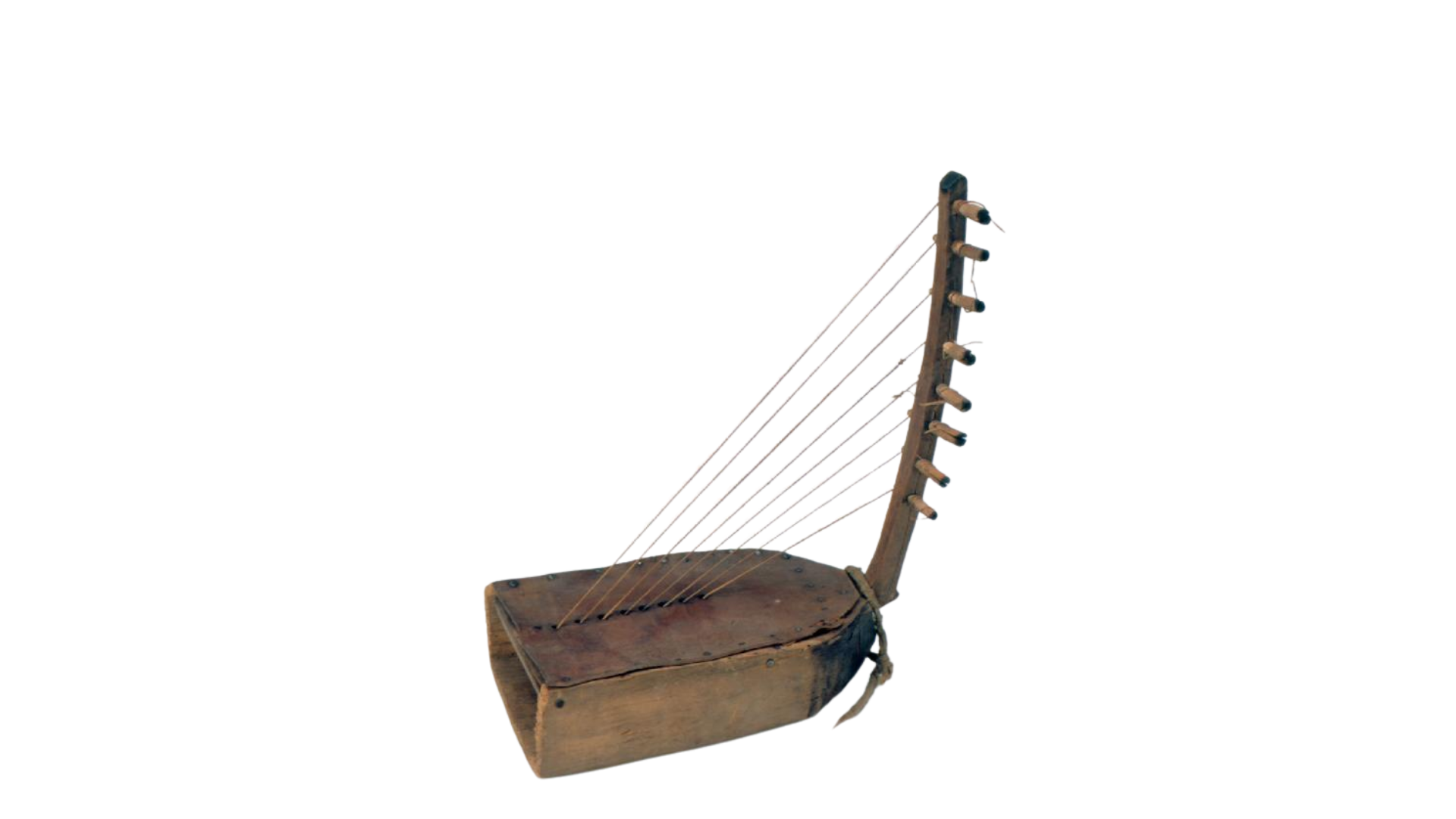
The adungu is a bow harp with strings of varying lengths, plucked to produce sweet, melodic sounds. The Acholi people of Uganda widely play it for storytelling and celebrations. Its sound is gentle and harp-like.
Origin: Uganda, particularly in its northern regions.
Fun Fact: The adungu can come in different sizes, from small, handheld versions to large floor models.
15. Angélique
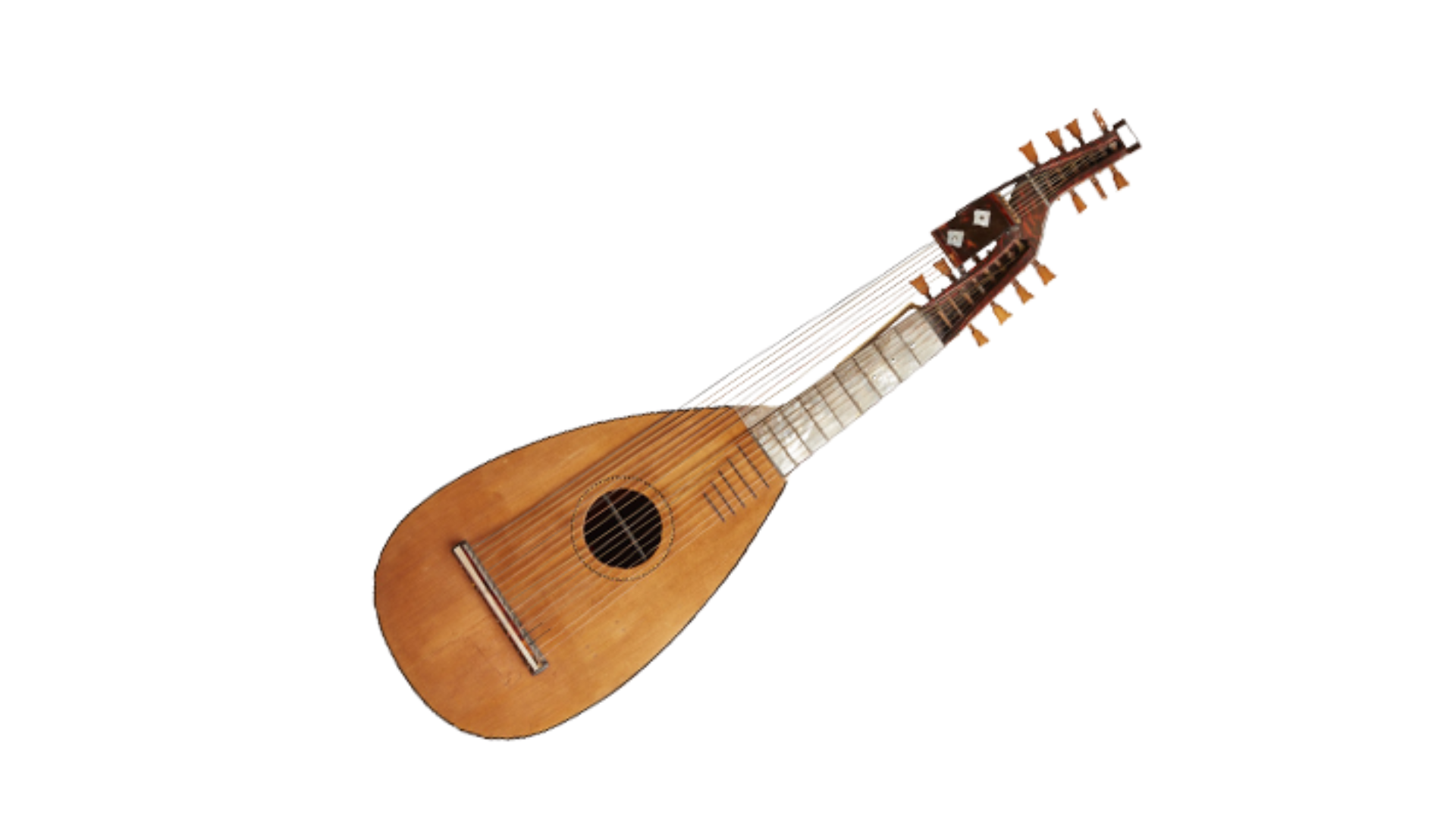
The angélique is a rare historical string instrument resembling a cross between a lute and a harp. It was played in French baroque music. Its delicate sound was suited for courtly performances.
Origin: France, popular in the 17th and 18th centuries.
Fun Fact: Few original angéliques survive today, making it a collector’s treasure!
16. Array Mbira
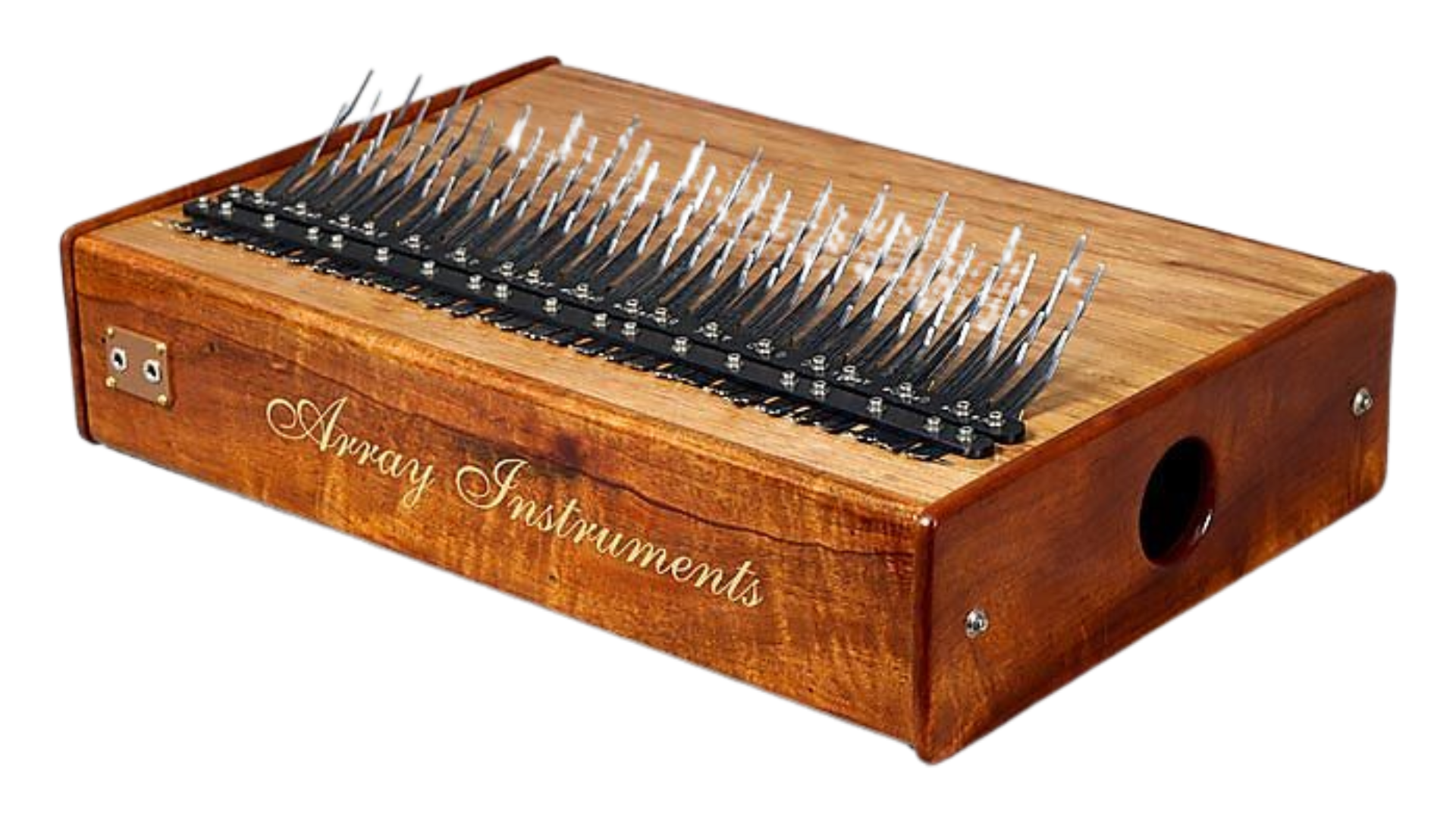
The mbira is a modern, expanded version of the African thumb piano. It features multiple rows of metal tines, arranged to produce rich, layered melodies. Musicians pluck it with both hands to create hypnotic tunes.
Origin: Inspired by traditional Zimbabwean mbiras, but designed in the United States.
Fun Fact: Some mbiras have over 100 keys, allowing for an incredible musical range.
17. Ashiko
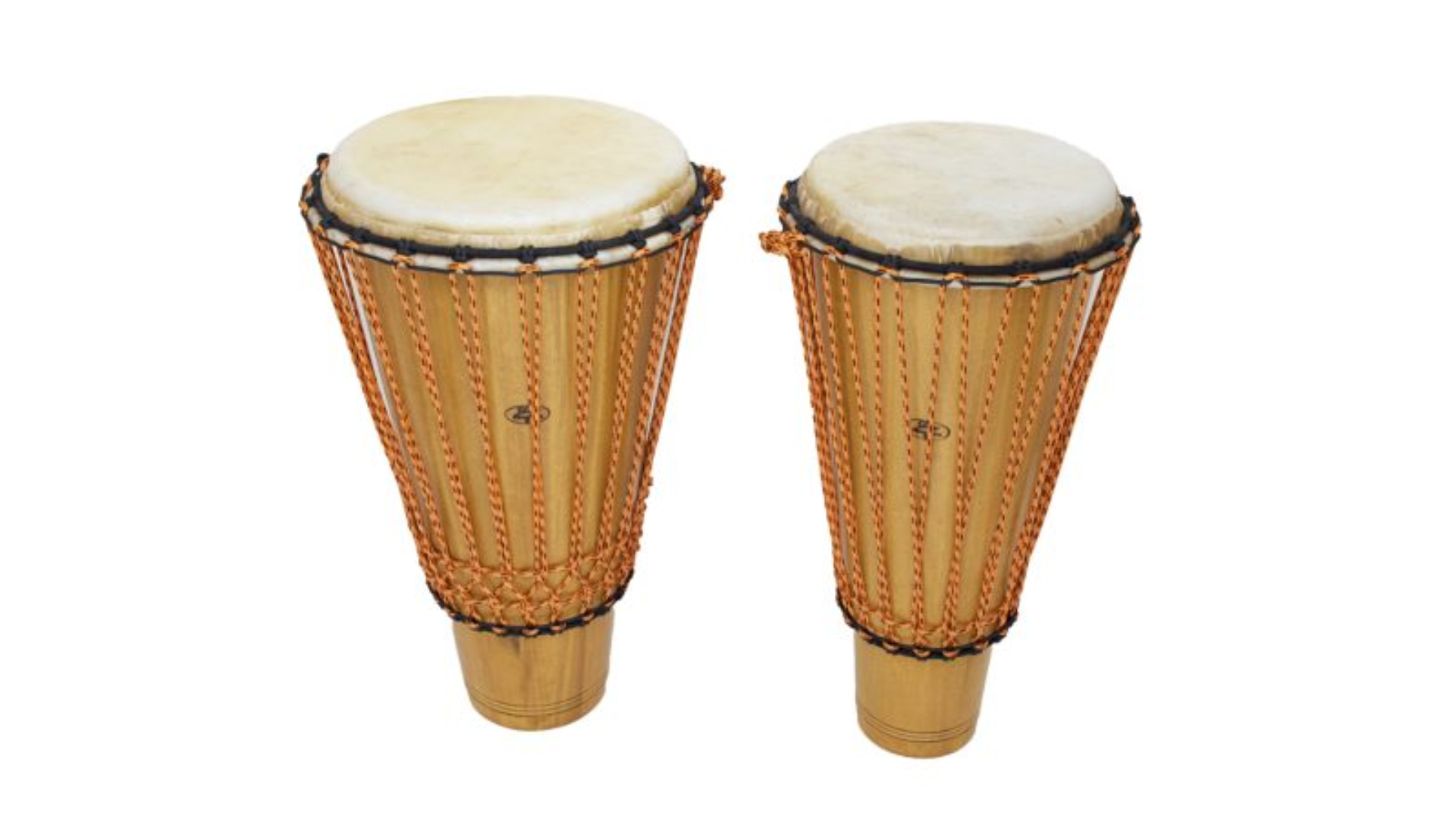
The ashiko is a tapered, hand-played drum shaped like a truncated cone. It produces rich, resonant tones and is used in African and Afro-Caribbean music. Drummers play it with bare hands in lively drum circles.
Origin: West Africa, especially among Yoruba people.
Fun Fact: Unlike the djembe’s goblet shape, the ashiko has straight sides and an open bottom!
18. Aulos
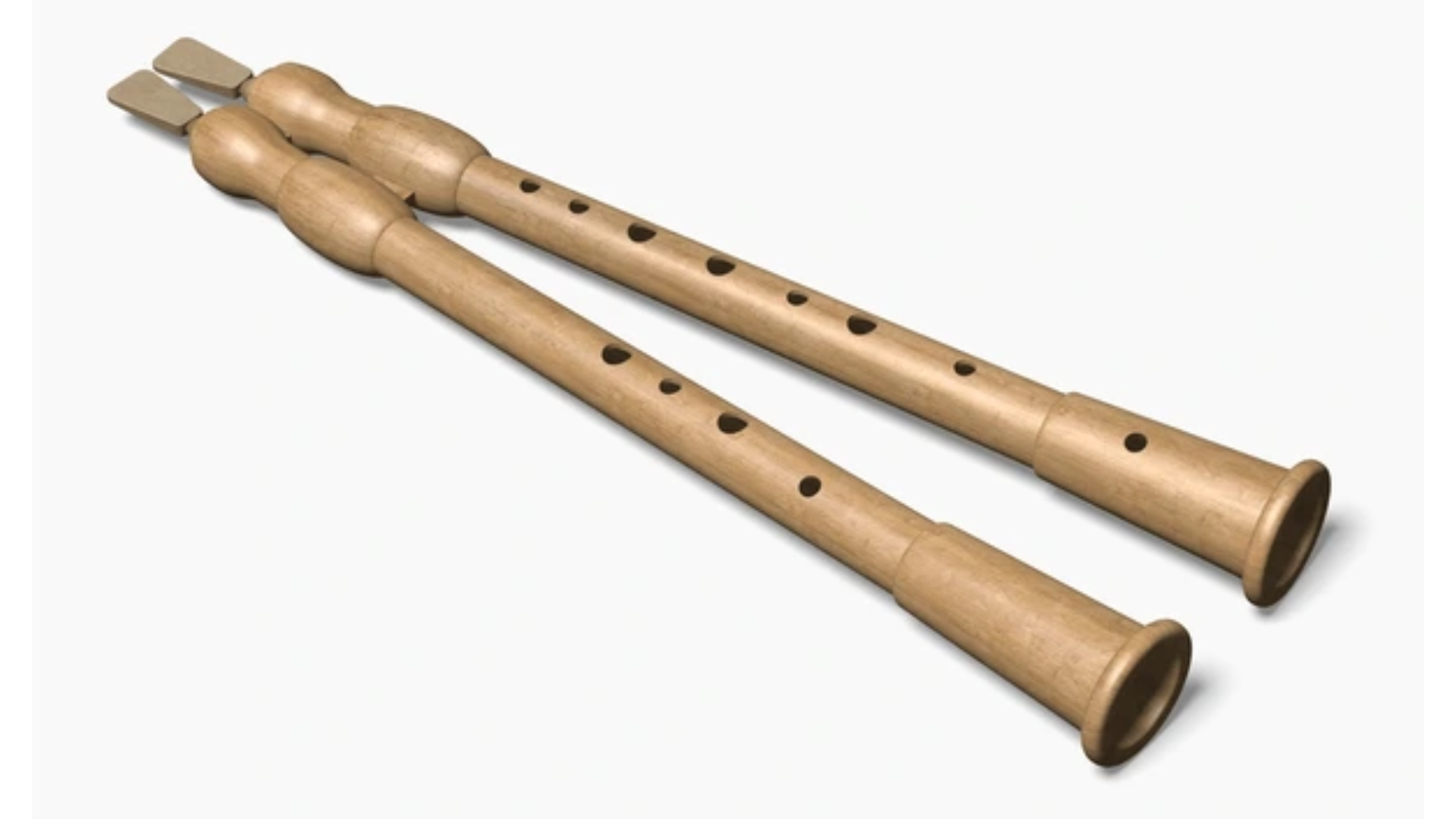
The aulos is an ancient Greek double-reed wind instrument, often played in pairs. It had a bright, piercing tone and accompanied dramatic performances and athletic events. Its music was believed to stir emotions deeply.
Origin: Ancient Greece, popular during the Classical era.
Fun Fact: Players sometimes used a leather strap, called a phorbeia, to hold the reeds steady!
19. Ancestral Drum
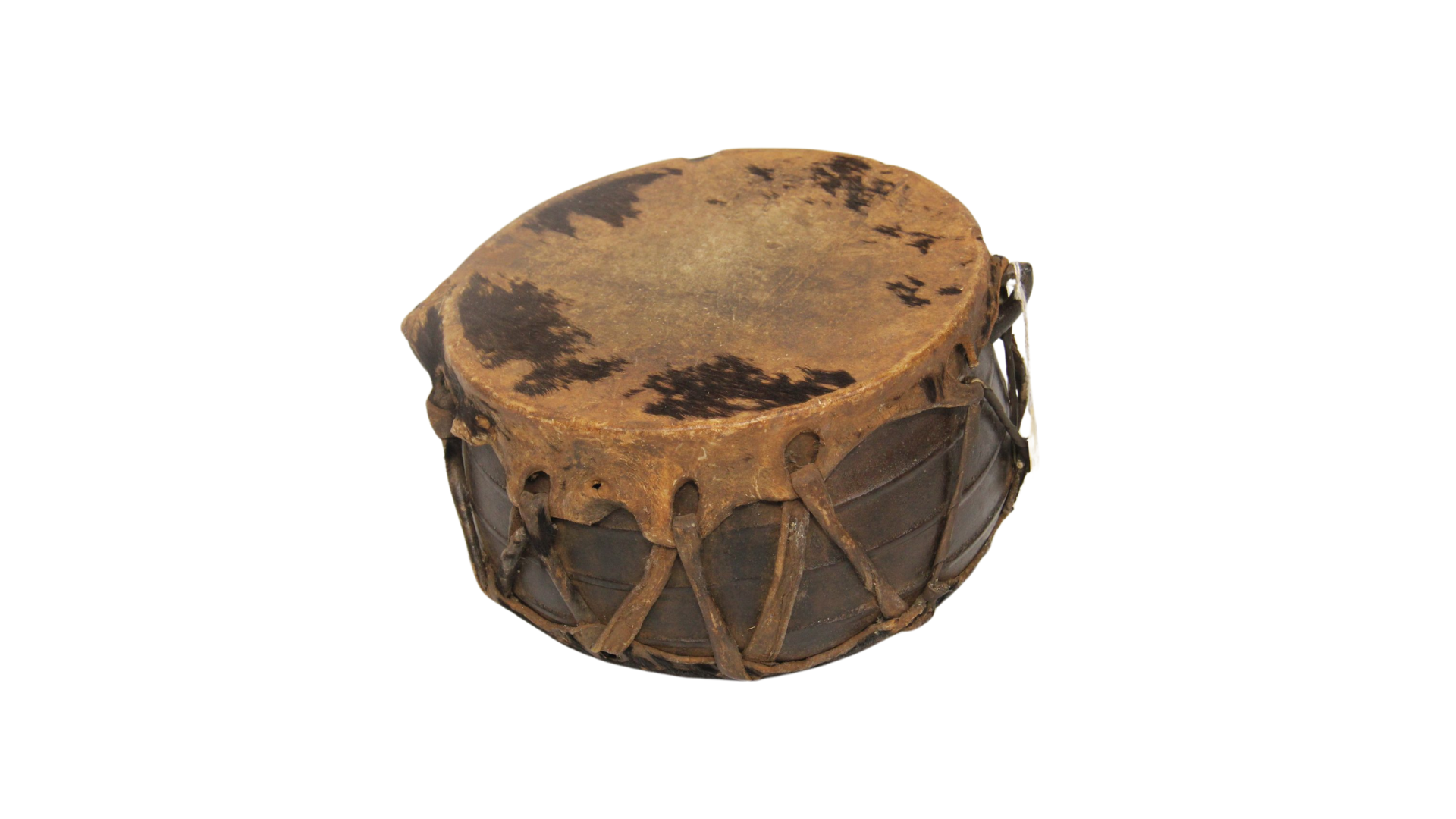
The ancestral drum is a sacred hand drum used by various Native American tribes during rituals and storytelling. It’s made from animal hide stretched over a wooden frame. Its deep, steady beat symbolizes the heartbeat of Mother Earth.
Origin: Indigenous communities across North America.
Fun Fact: Some are large enough to be played by a circle of drummers!
20. Aludu
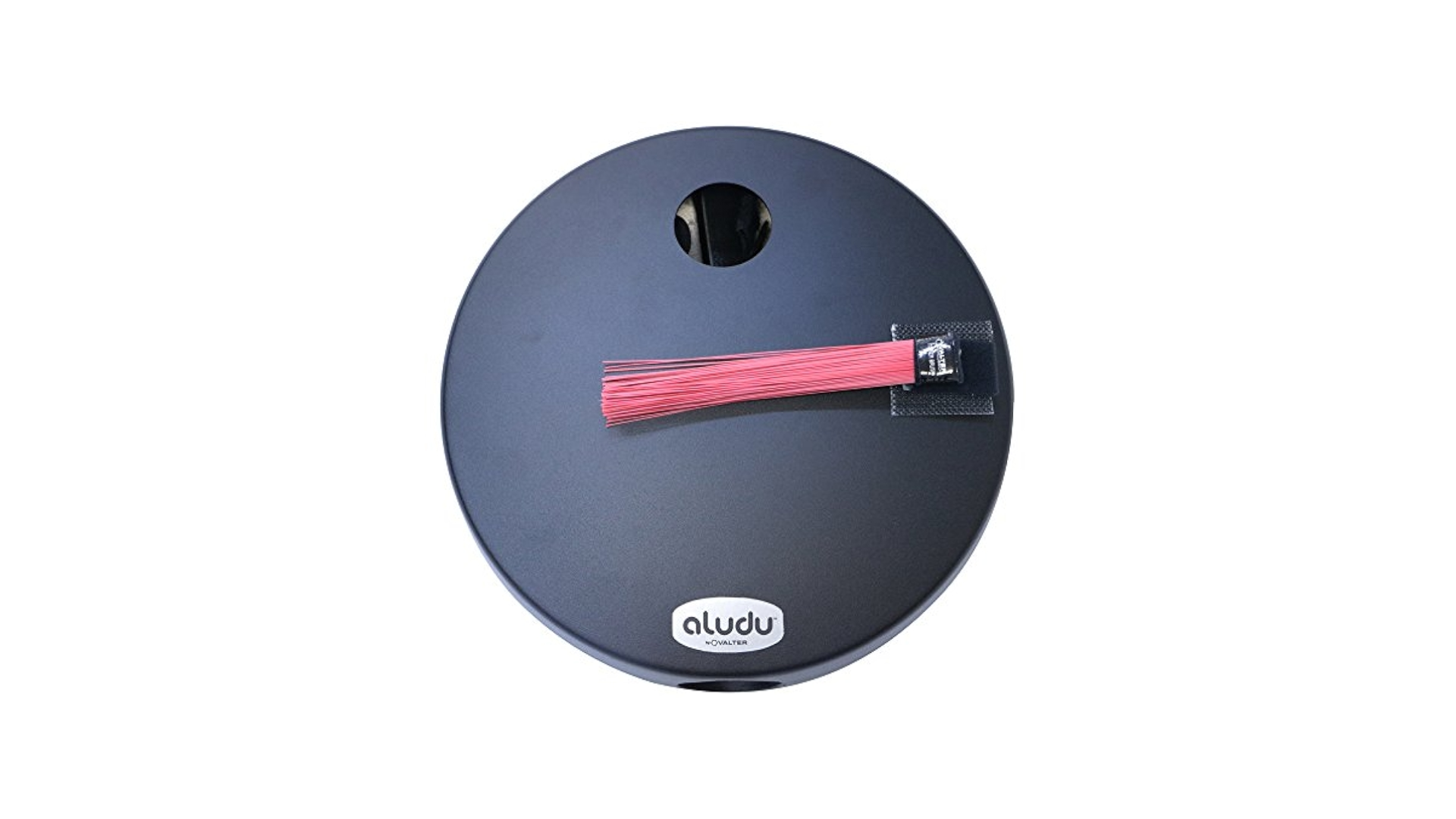
The aludu is a unique clay percussion instrument shaped like a hollow pot. Musicians tap its body with fingers or sticks to make mellow, earthy beats. It’s popular in African and Caribbean fusion music.
Origin: Nigeria and West African regions.
Fun Fact: The aludu’s shape and playing style resemble the Indian ghatam!
21. Arpa Llanera

The arpa llanera is a lightweight harp used in Venezuelan and Colombian plains music. It features a bright, rhythmic plucking style perfect for lively dance songs. It’s a symbol of llanero cowboy culture.
Origin: The Llanos grasslands of Venezuela and Colombia.
Fun Fact: It’s smaller and lighter than the classical concert harp, making it portable for traveling musicians!
22. Ashwood Lyre
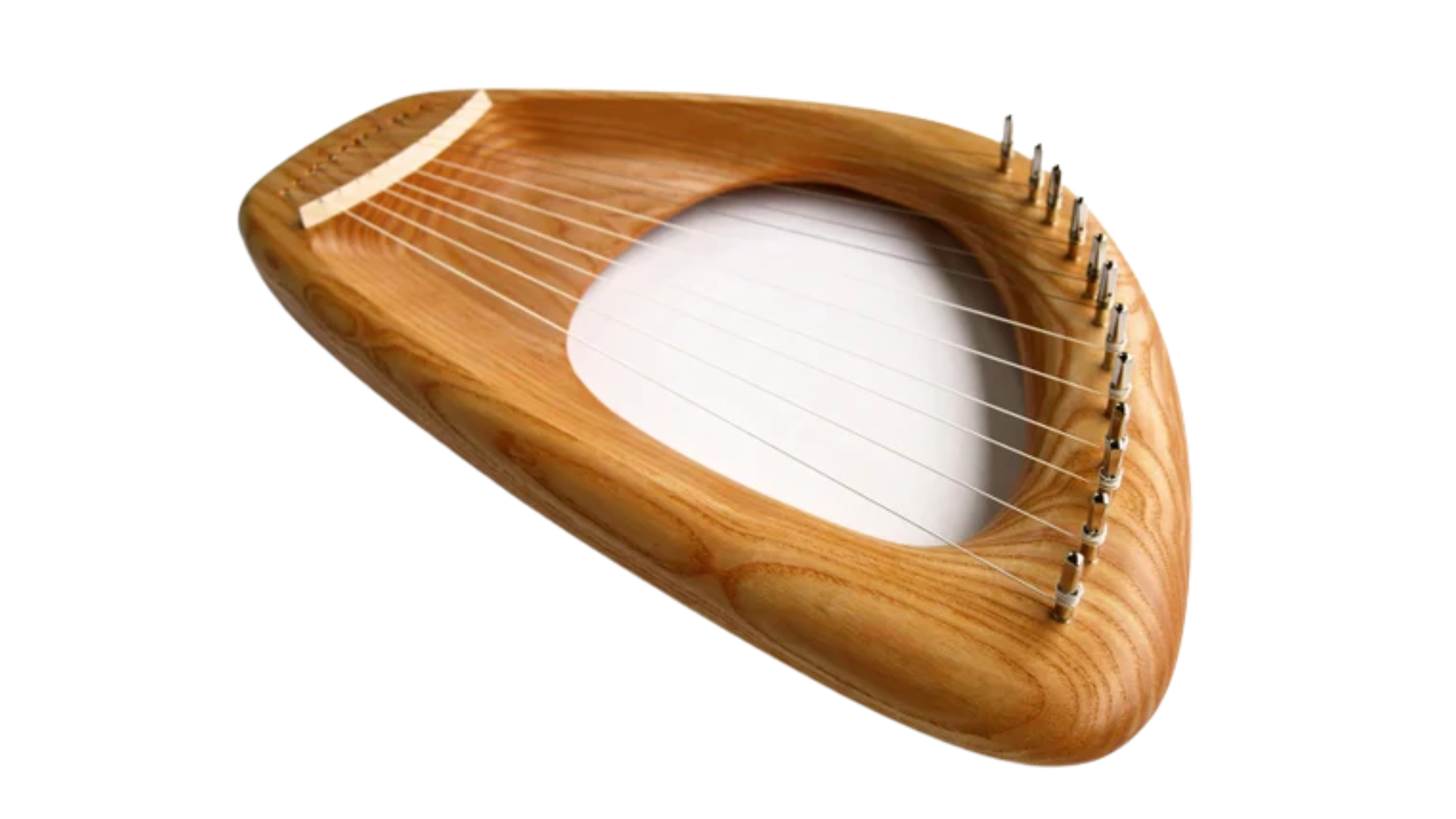
The ashwood lyre is a hand-crafted string instrument carved from ash trees, used by modern Celtic and pagan musicians. Its light, ethereal notes echo ancient bardic traditions. Players pluck its strings gently to produce calming melodies.
Origin: Europe, inspired by ancient Greek and Celtic lyres.
Fun Fact: Ash trees are revered in many folklore traditions, symbolizing the connection between the worlds.
23. Apito
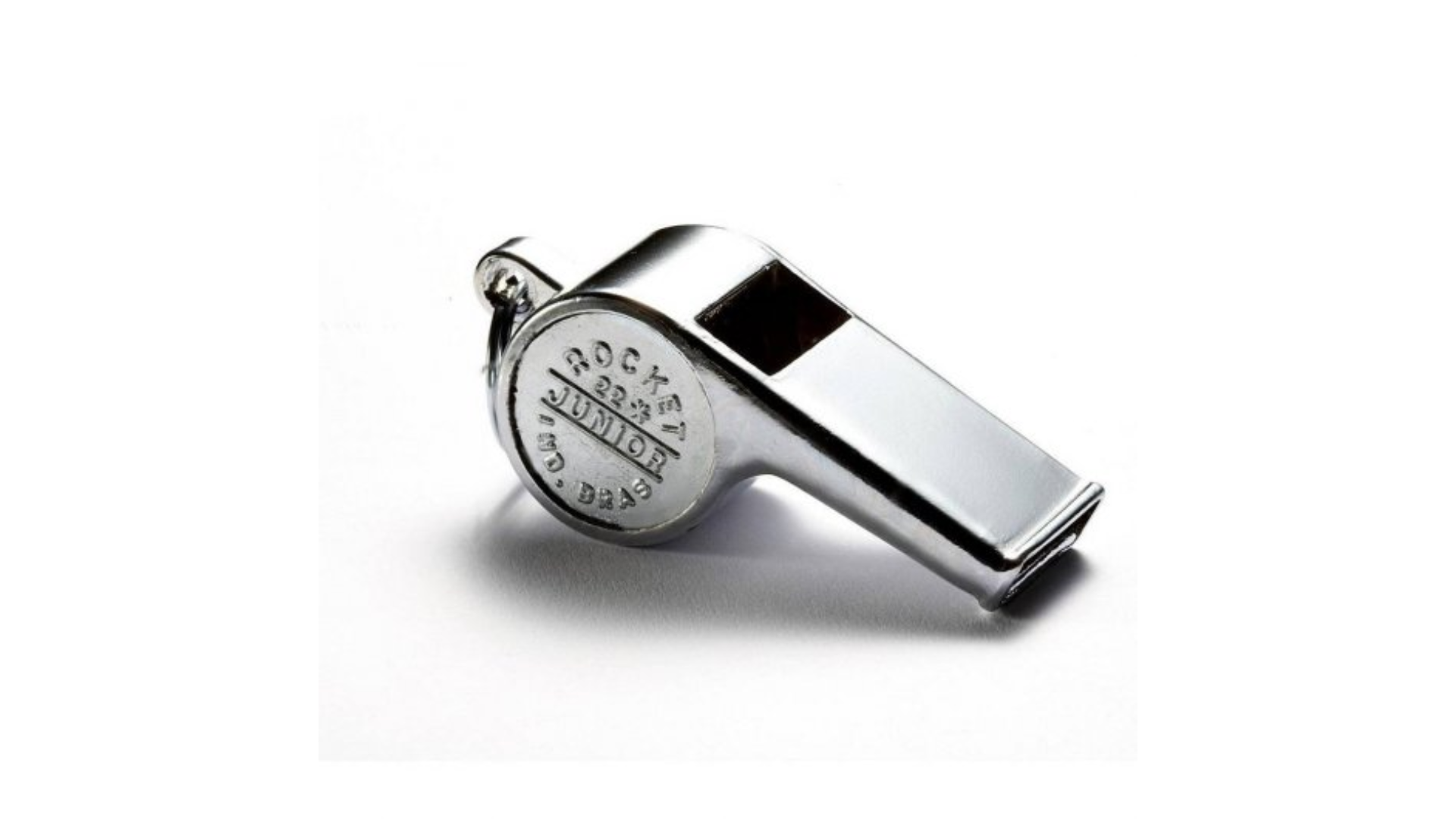
The apito is a small, handheld whistle with multiple tones, used in Brazilian samba bands. Leaders blow it to signal rhythm changes to drummers. Its sharp, catchy peeps guide dancers during parades.
Origin: Brazil, especially Rio de Janeiro’s carnival culture.
Fun Fact: Samba band leaders are called “mestre” and use the apito like a conductor’s baton!
24. Agidigbo
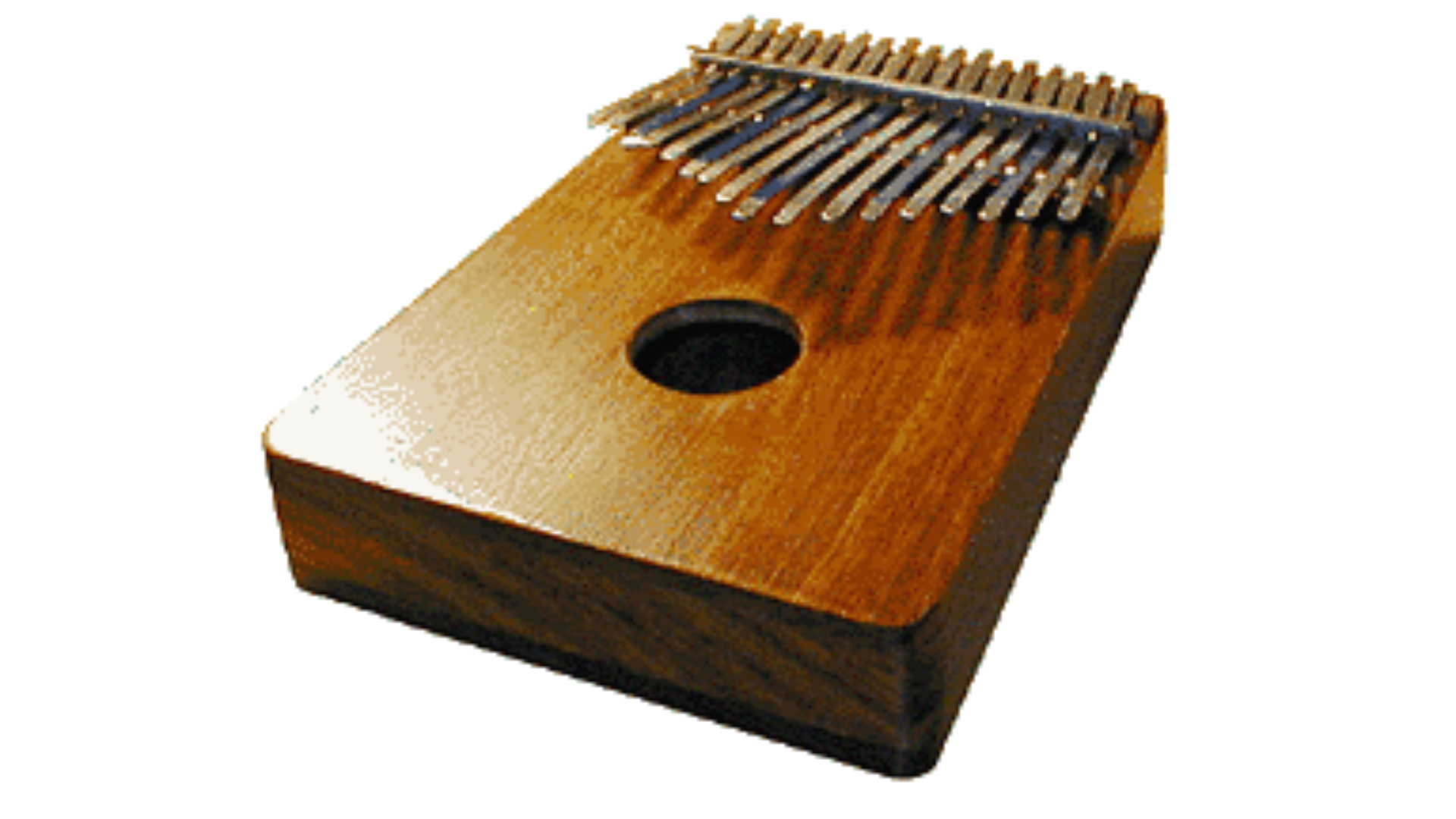
The agidigbo is a large African lamellophone, similar to a giant thumb piano. Players pluck its metal tongues while tapping its wooden box to add percussion. It accompanies Yoruba folk songs and storytelling.
Origin: Nigeria, among the Yoruba people.
Fun Fact: Musicians often recite proverbs and riddles while playing the agidigbo!
25. Aztec Death Whistle
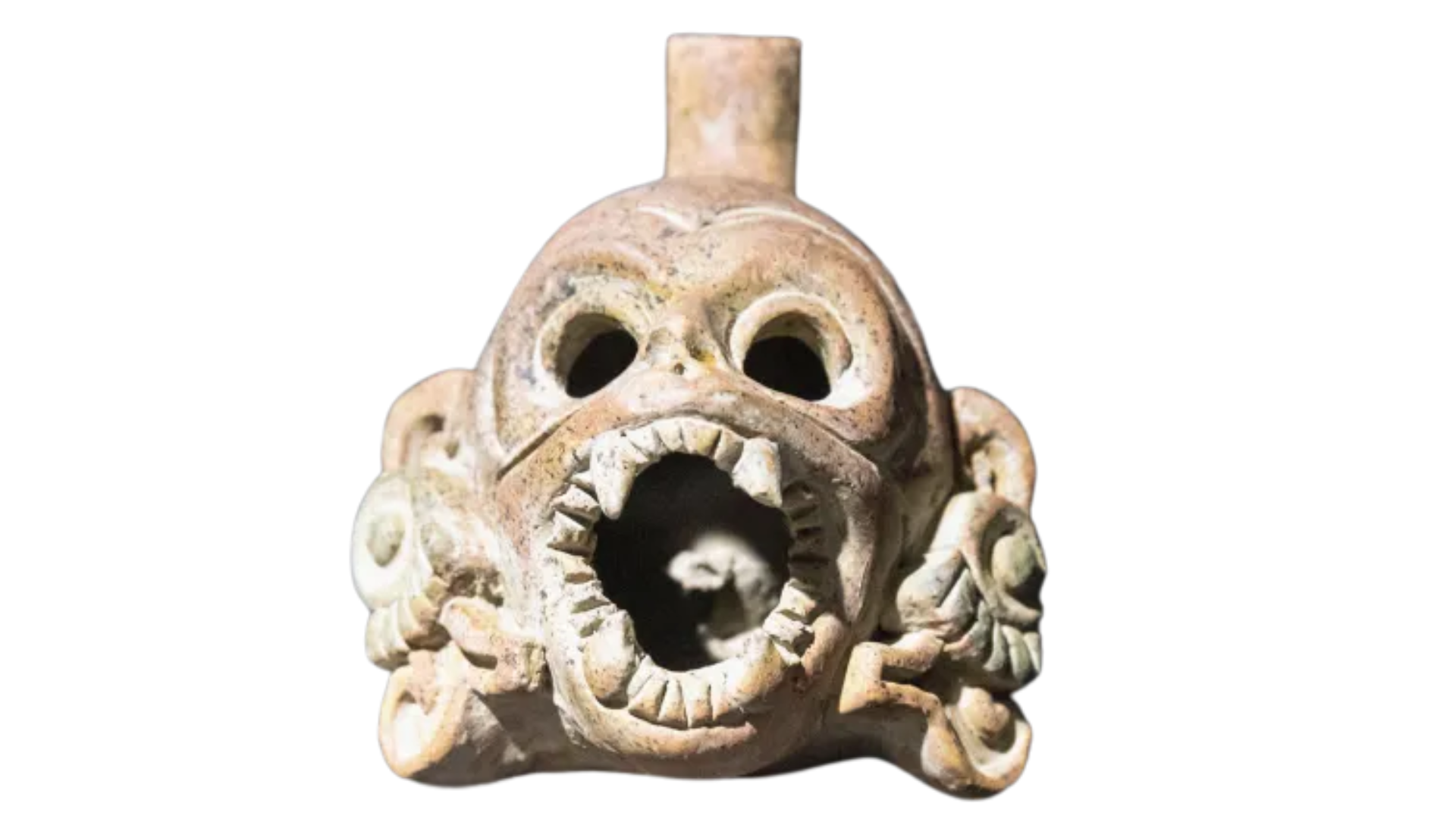
The Aztec death whistle is an ancient Mesoamerican wind instrument shaped like a skull. When blown, it produces a chilling scream-like sound meant to terrify enemies or accompany rituals. It’s reconstructed today for cultural demonstrations.
Origin: Ancient Aztec civilization of Mexico.
Fun Fact: Researchers believe warriors blew them in groups to create fear on the battlefield!
26. Angin Gong
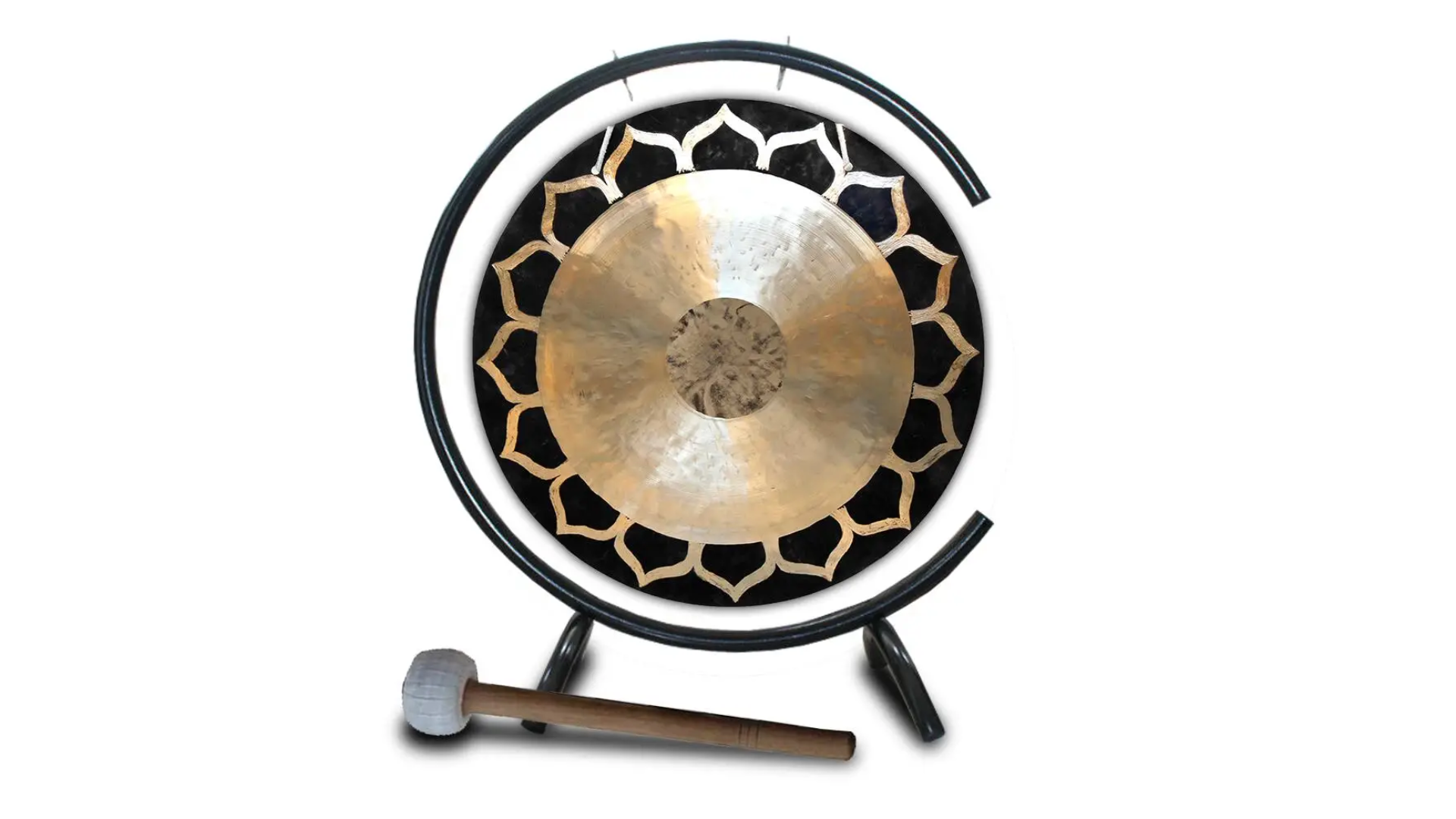
The angin gong is a large bronze hanging gong used in traditional Dayak music of Borneo. It produces a low, sustained, vibrating tone that marks important ritual moments and dances. Played gently with padded mallets, it sets a calm, majestic atmosphere.
Origin: Borneo Island, among Dayak tribes in Indonesia and Malaysia.
Fun Fact: The word “angin” means “wind” in Malay, symbolizing the gong’s resonant, flowing sound!
27. Adi Tambur
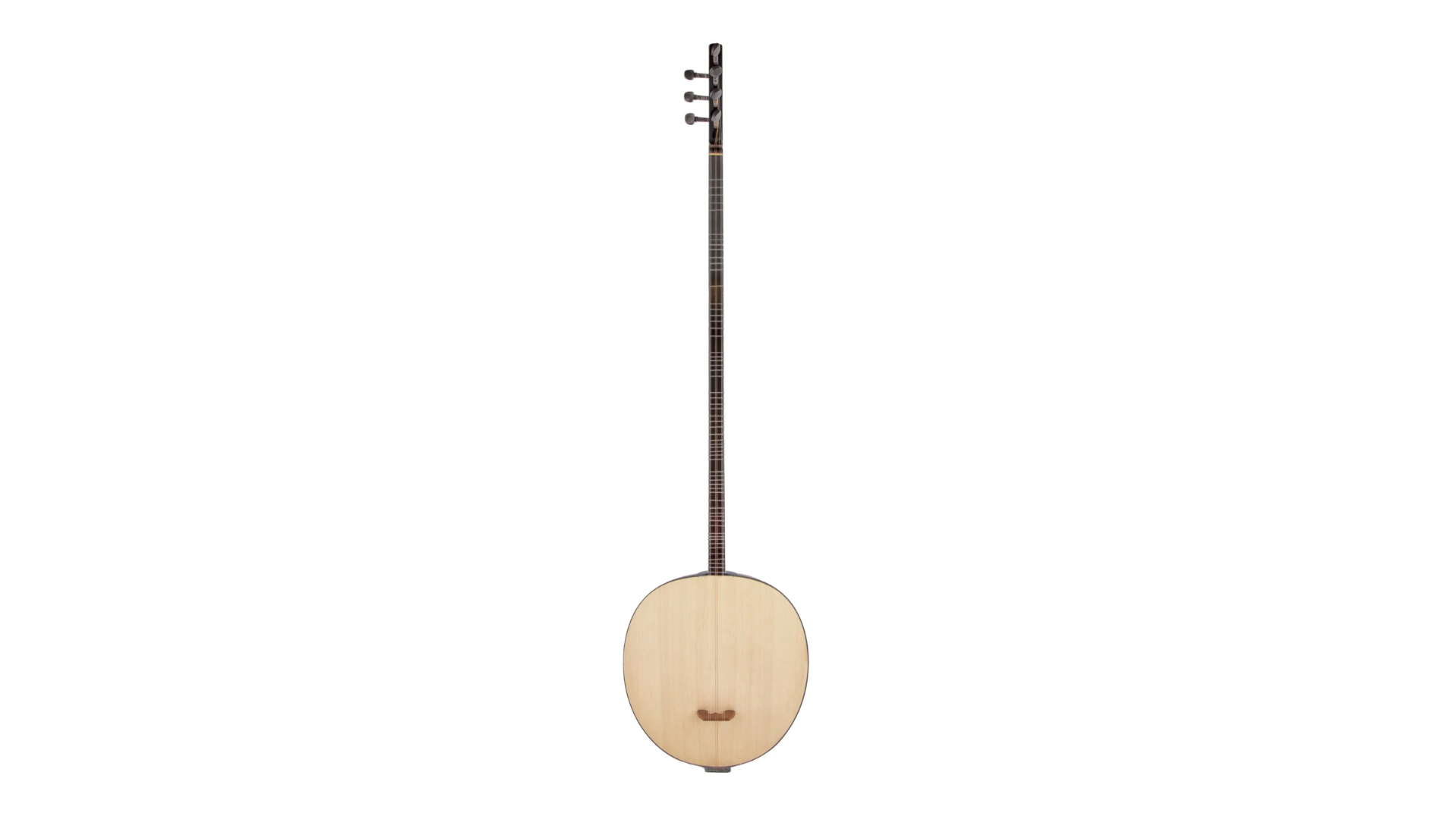
The adi tambur is an ancient Persian string instrument resembling a long-necked lute. It has a bright, twangy sound perfect for Persian classical and folk music. It’s plucked with a small pick or fingers.
Origin: Iran and surrounding Persian cultural regions.
Fun Fact: Its body is often carved from mulberry wood and beautifully inlaid!
28. Andean Panpipes
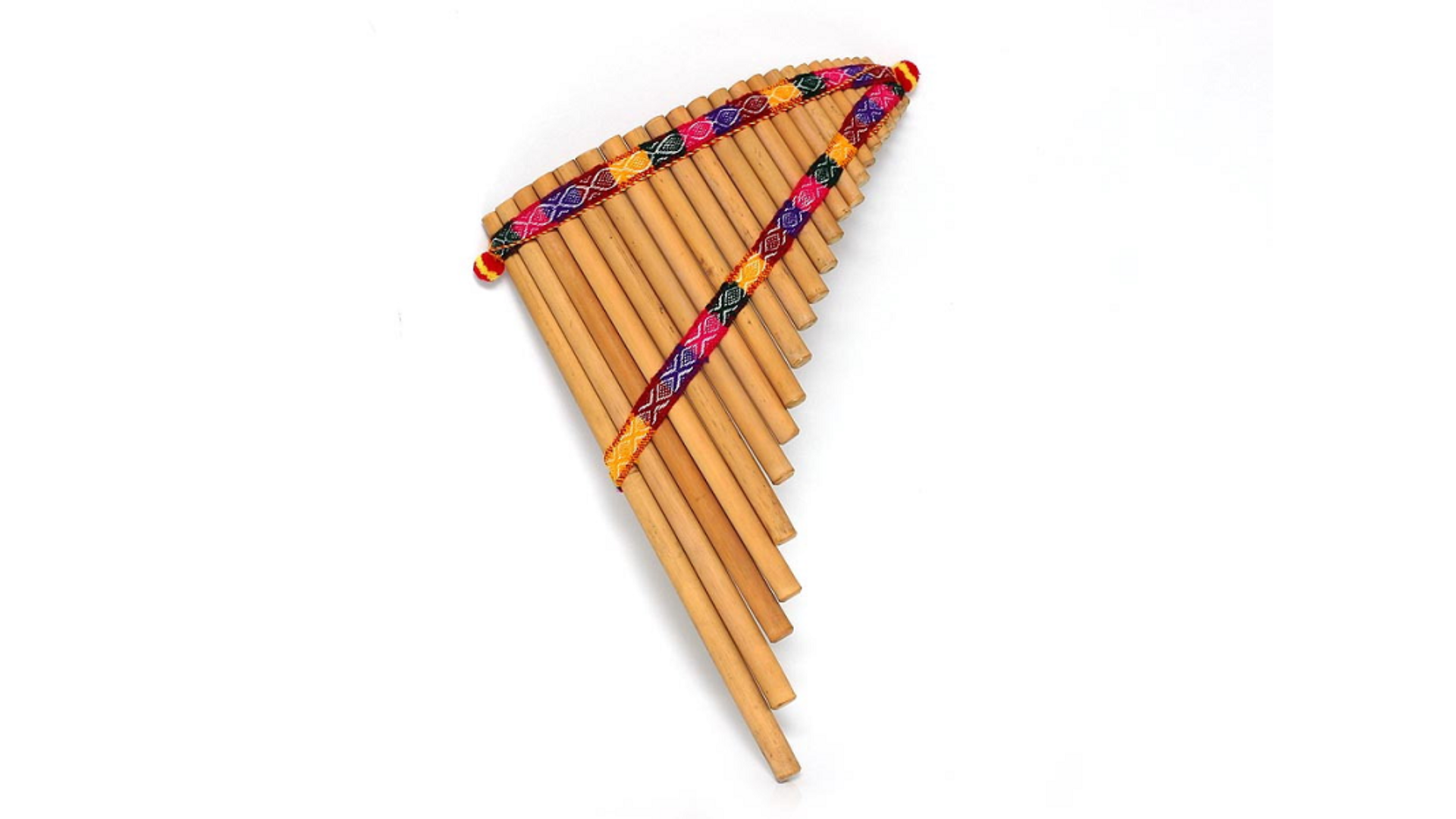
The Andean panpipes, also known as Antara, are a row of bamboo tubes of varying lengths bound together. They produce airy, melodic sounds iconic of Andean mountain music. They’re blown horizontally across the tops.
Origin: Andes Mountains of Peru, Bolivia, and Ecuador.
Fun Fact: Andean panpipes are often decorated with colorful wool tassels!
29. Altai Komus
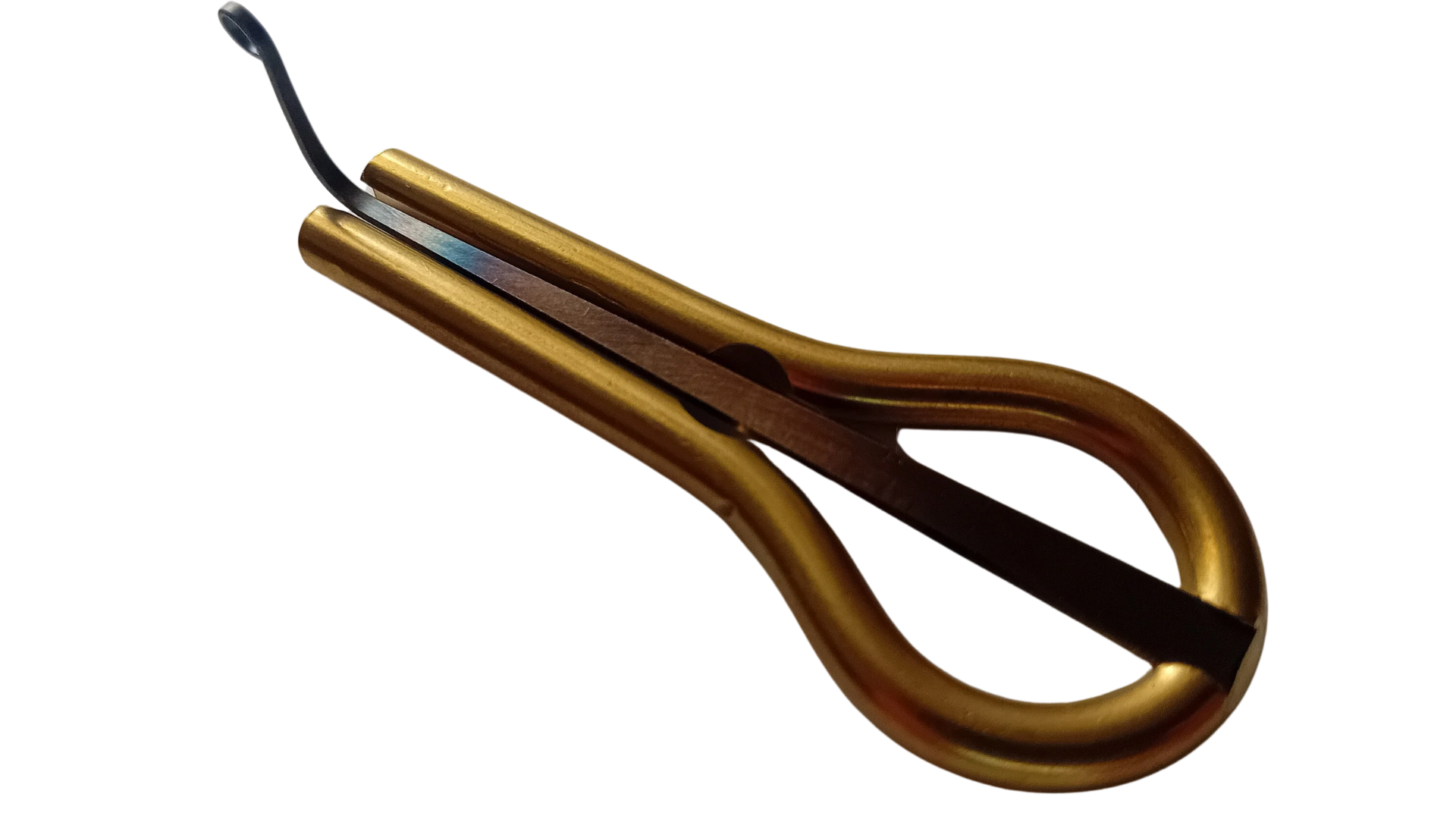
The Altai komus is a jaw harp made from iron or wood, played by placing it in the mouth and plucking the reed. It creates buzzing, rhythmic overtones used in throat singing traditions.
Origin: Altai Republic, Siberia, and Central Asia.
Fun Fact: Players shape their mouth and breath to create melodies from a single pitch!
30. Ajaib Ghanta
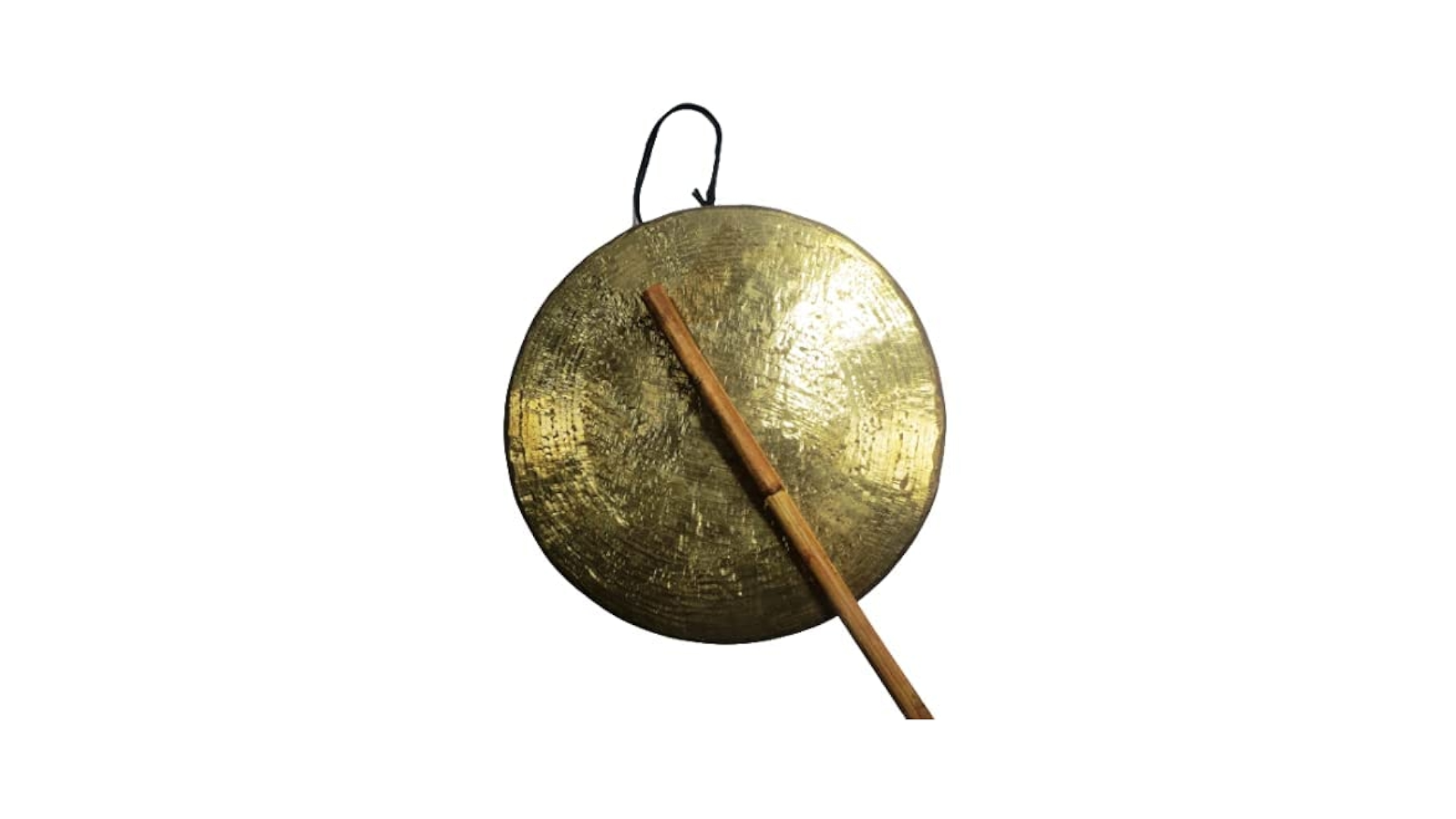
The ajaib ghanta is a rare Indian ritual bell used in temples and spiritual gatherings. It’s rung to mark sacred moments during prayers. Its clear chime is believed to ward off negative energy.
Origin: India, especially in Hindu temple rituals.
Fun Fact: The name means “miraculous bell” in Hindi!
31. Afghan Rubab
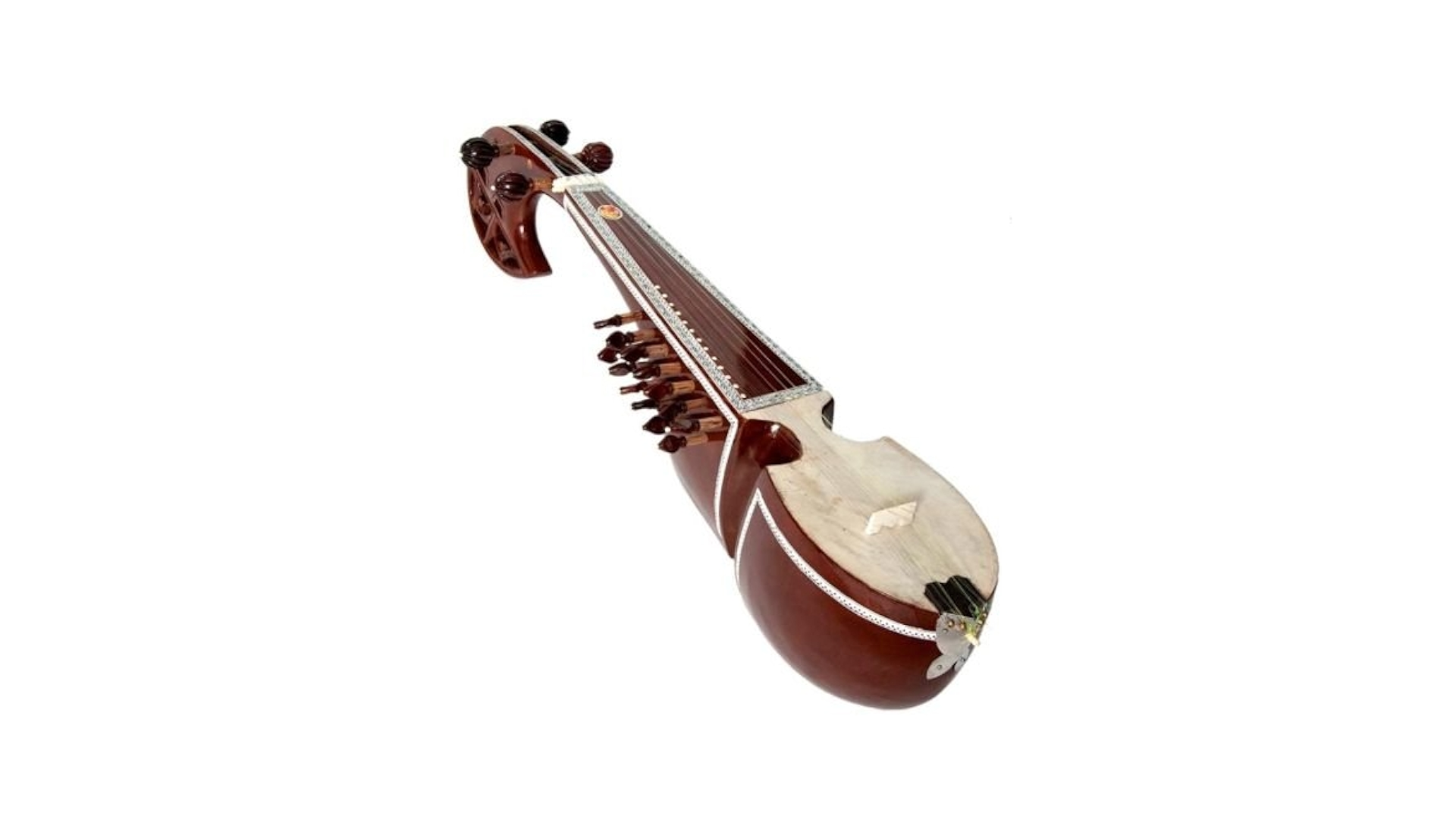
The Afghan rubab is a short-necked lute known as the “lion of instruments” in Afghanistan. It has a warm, rich tone and is played with a pick. It’s a central instrument in Afghan classical and folk music.
Origin: Afghanistan, particularly among Pashtun and Tajik musicians.
Fun Fact: It’s considered an ancestor of the Indian sarod!
32. Abeng
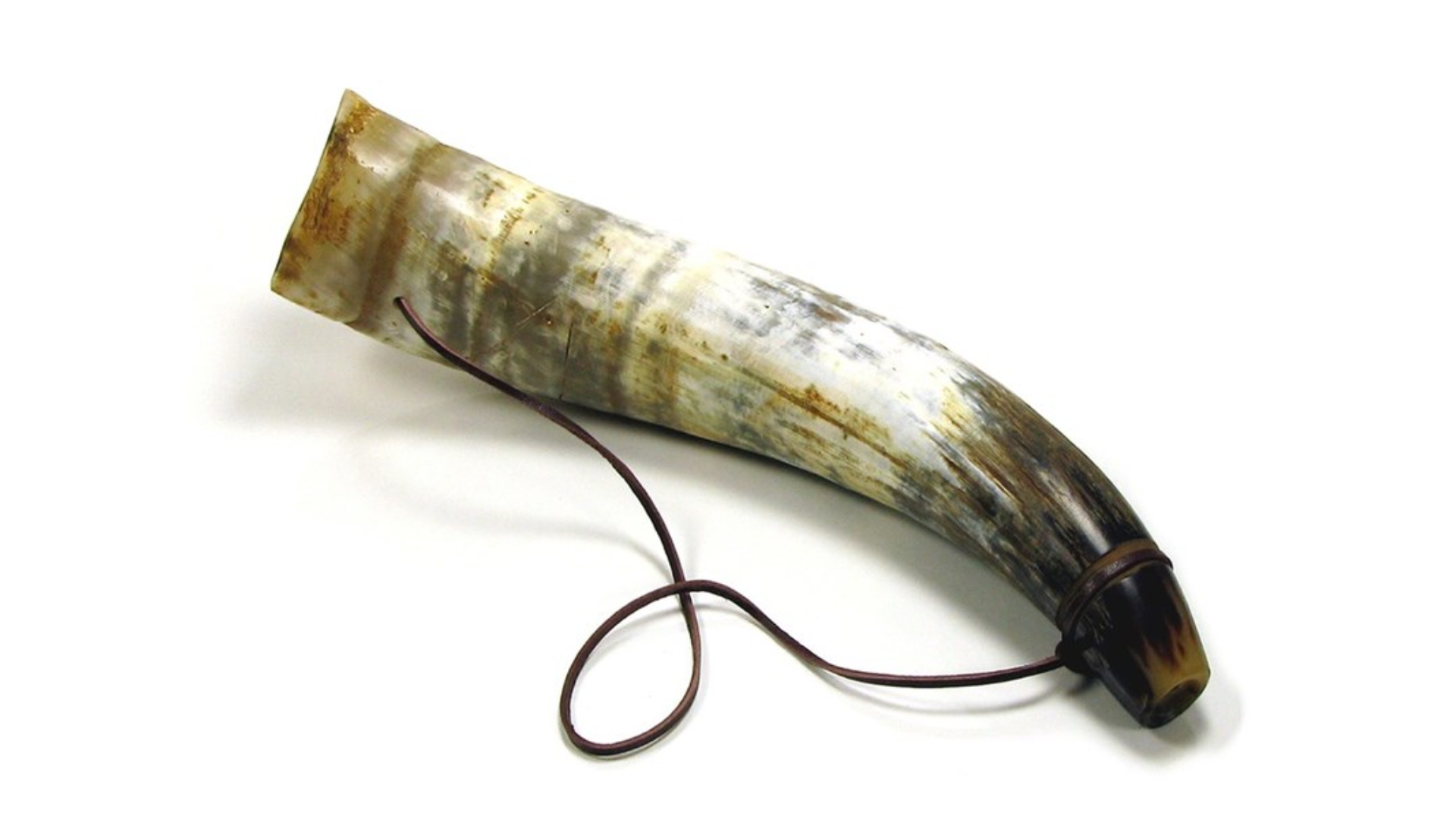
The abeng is a traditional Jamaican wind instrument made from a cow horn. Historically, it was used by Maroon communities to send coded messages across mountains. Today, it’s played ceremonially to honor Maroon heritage.
Origin: Jamaica, linked to African slave resistance.
Fun Fact: Different pitches convey specific messages, such as warnings or celebrations.
33. Angklung Toel
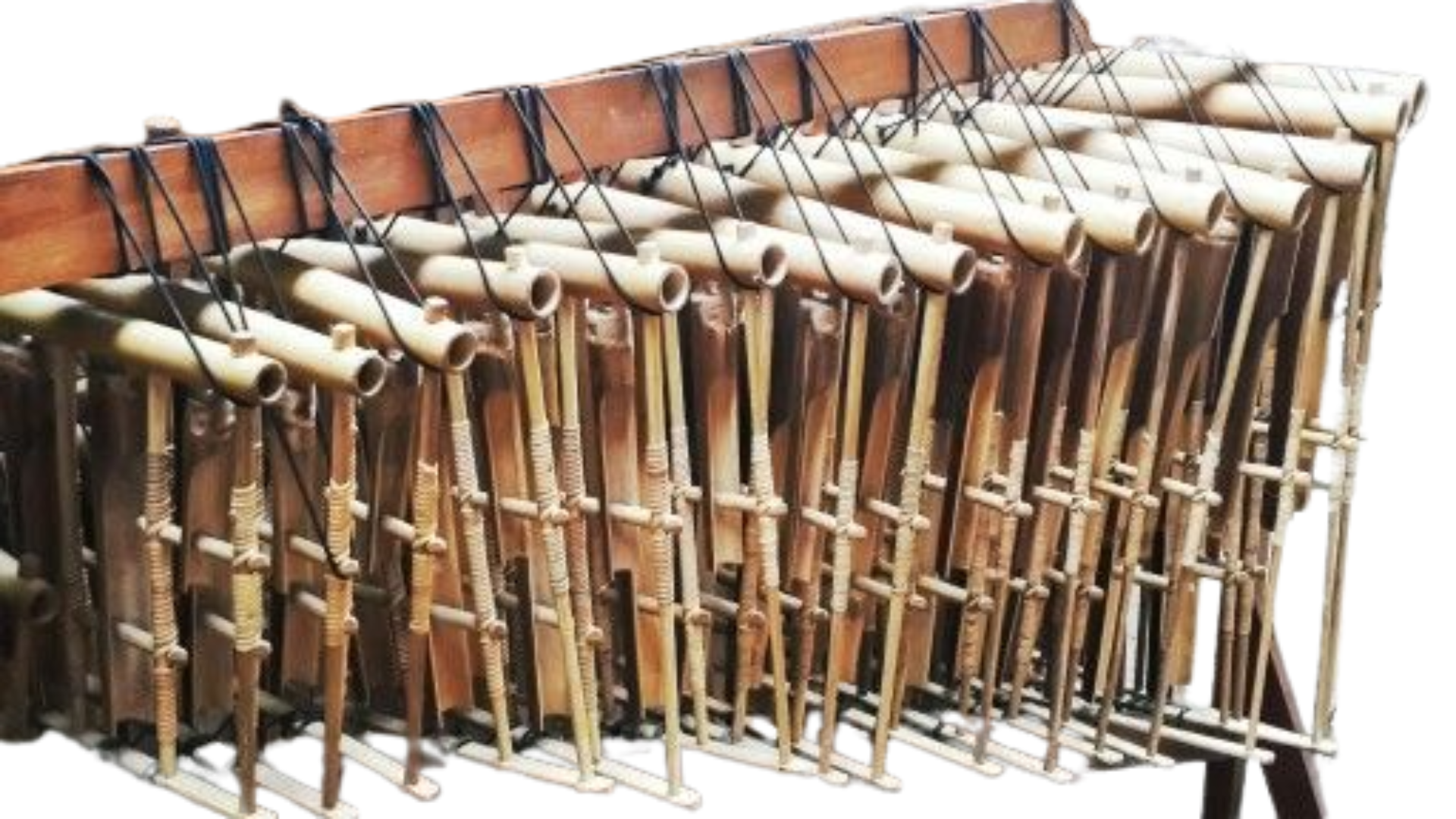
The angklung toel is a modified bamboo instrument where tubes are mounted on a resonator box. Players press keys to produce distinct pitches without shaking them. It’s used in modern Indonesian ensembles.
Origin: Indonesia, as an evolution of the traditional angklung.
Fun Fact: “Toel” means “to touch” in Sundanese dialect!
34. Aludu Clay Drum
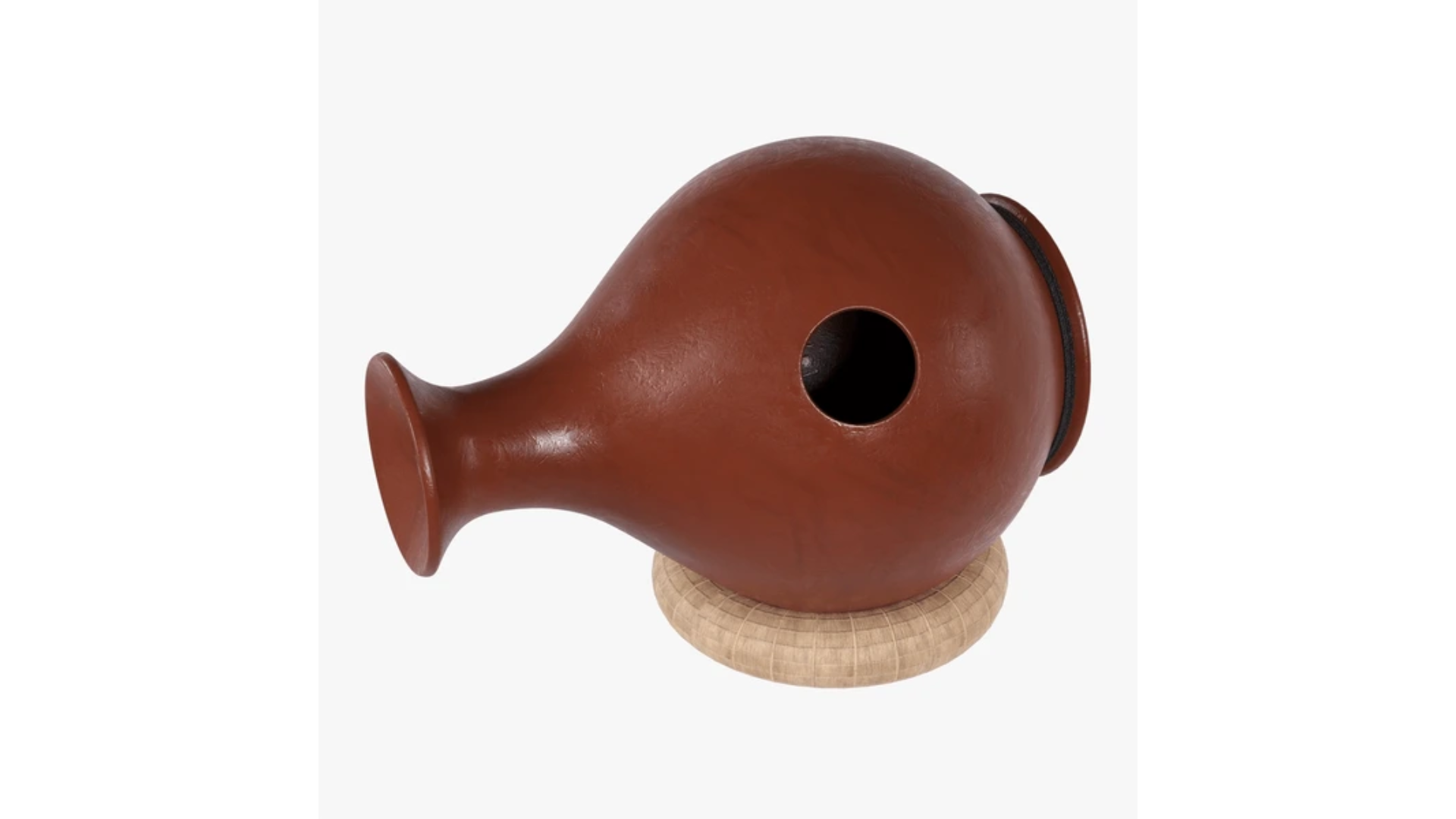
The aludu clay drum is a hand-played, hollow drum used in African folk music. Unlike wooden drums, it produces a soft, earthy tone. Players tap and slap their bodies for varied rhythms.
Origin: West Africa, specifically in regions such as Nigeria and Ghana.
Fun Fact: Its sound is said to mimic the gentle rhythm of rain on clay roofs!
35. Ajaeng Sogeum
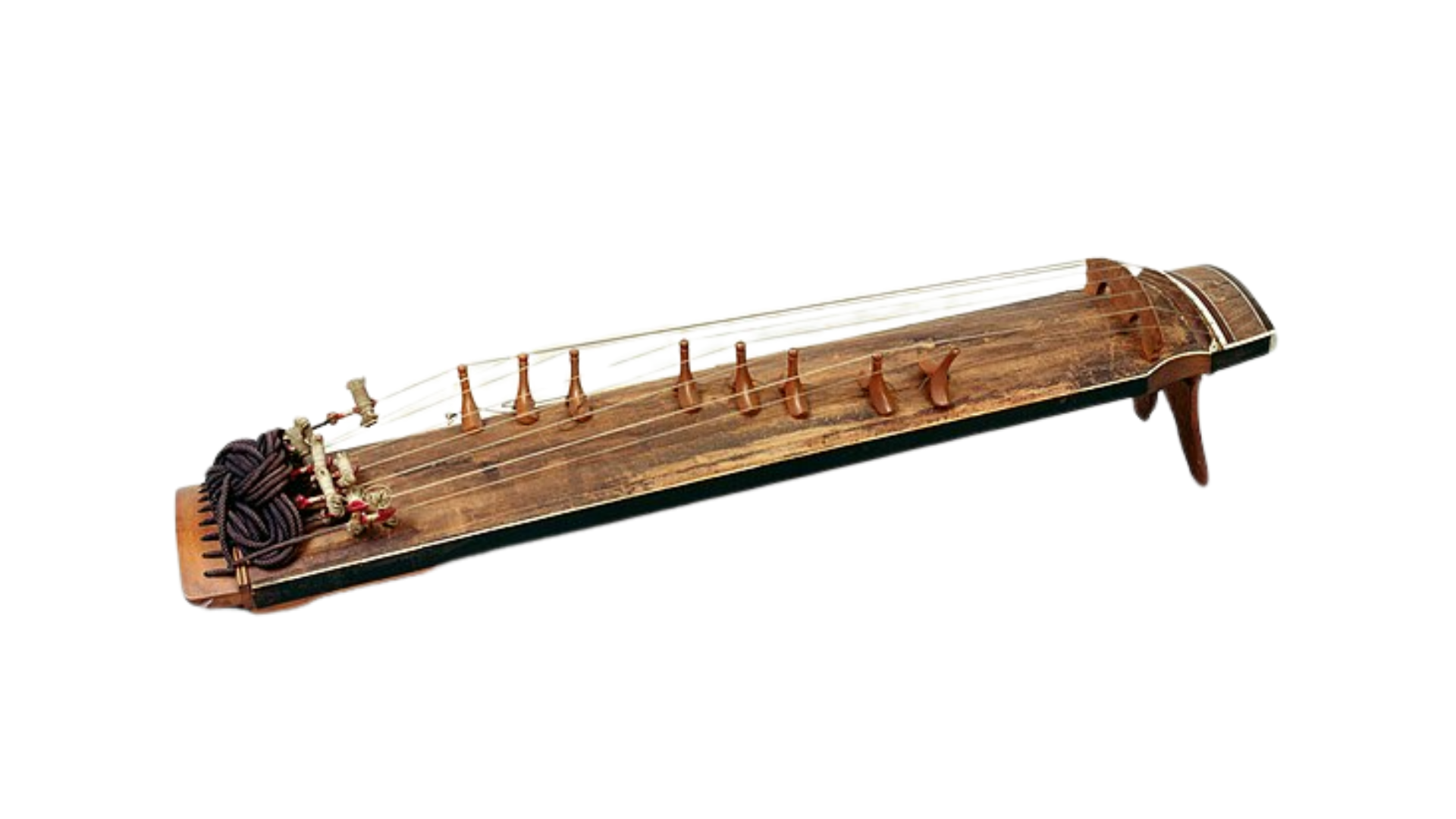
The ajaeng sogeum is a smaller version of the Korean ajaeng, but played like a flute. It has a delicate, airy tone that complements court music. It’s rarely seen but prized for its soft melodies.
Origin: Korea, especially in historical royal music.
Fun Fact: The word “sogeum” means “small flute” in Korean!
36. Agiarut
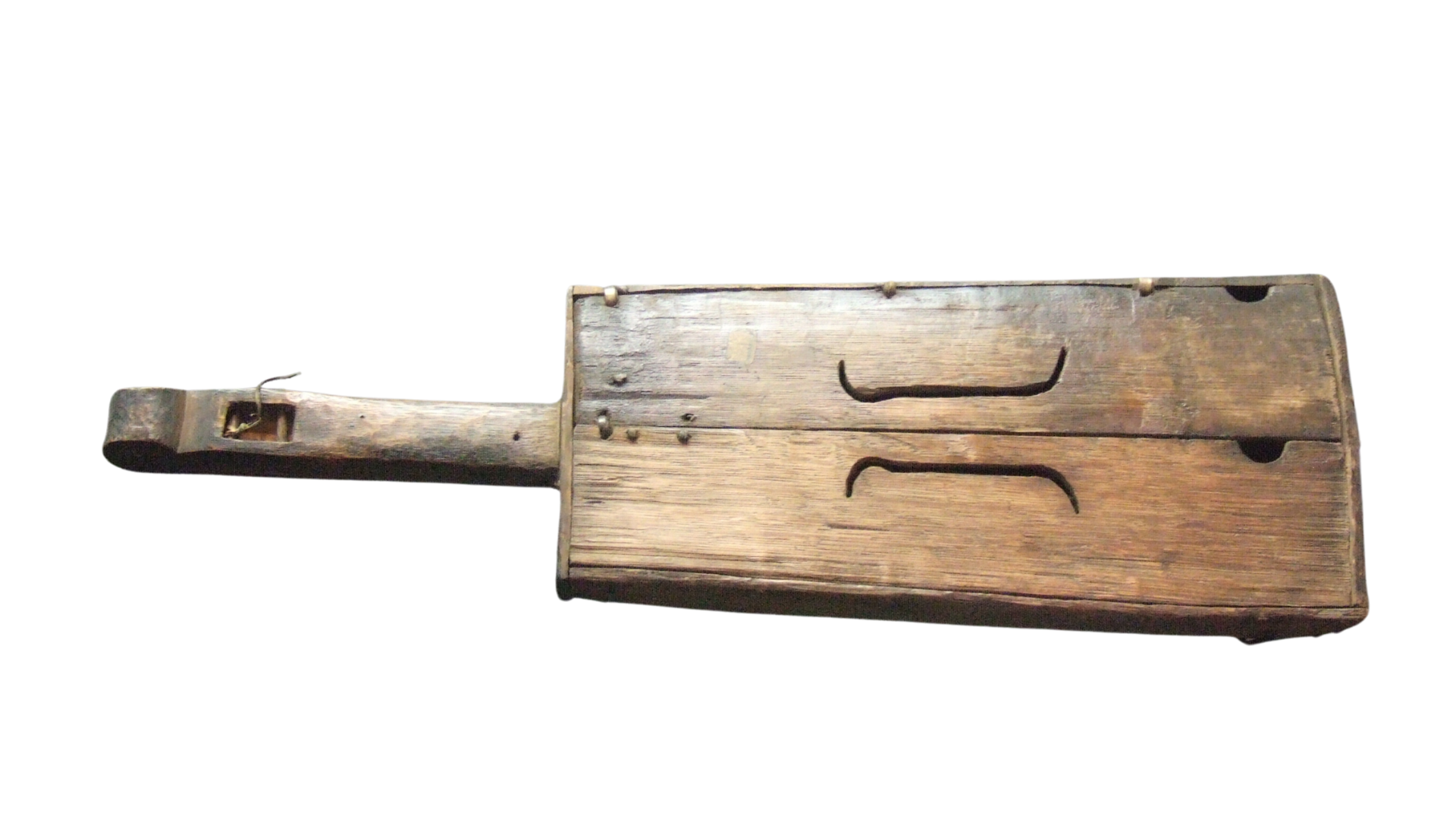
The agiarut is a traditional Inuit flute made from bone or wood. It’s played during Arctic ceremonial songs and dances, producing haunting, breathy notes that mimic nature sounds. It has a deep connection to Inuit storytelling traditions.
Origin: Inuit communities of Arctic Canada and Greenland.
Fun Fact: Some agiarut flutes are decorated with animal carvings to honor spirits!
37. Alto Flute
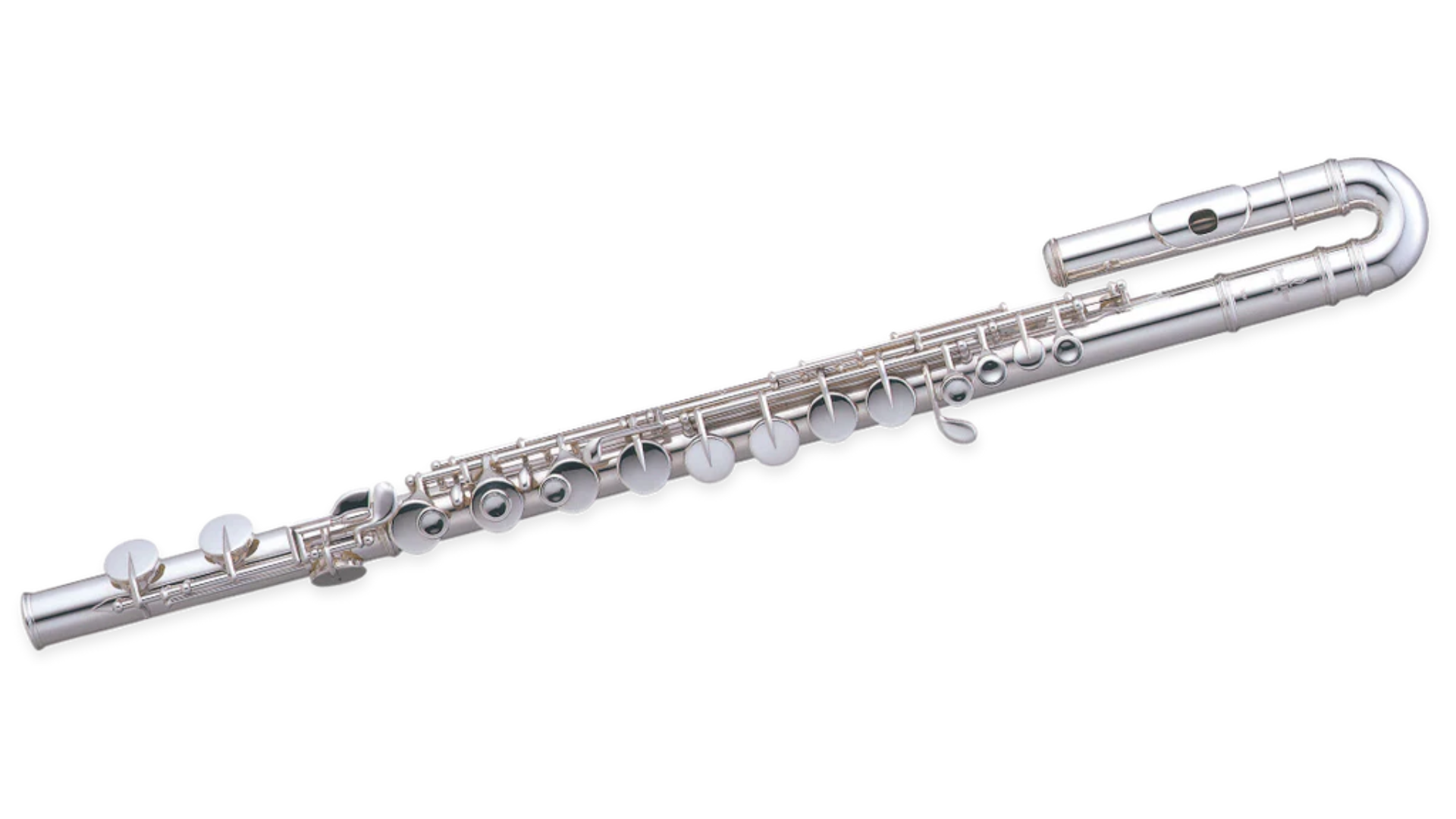
The alto flute is a larger, lower-pitched relative of the standard concert flute. Its mellow, velvety tone is perfect for solo passages and lush orchestral textures. Composers love it for its dreamy sound.
Origin: Evolved in Europe during the 19th century.
Fun Fact: It’s pitched in G, a fourth below the regular flute!
38. Arabic Oud
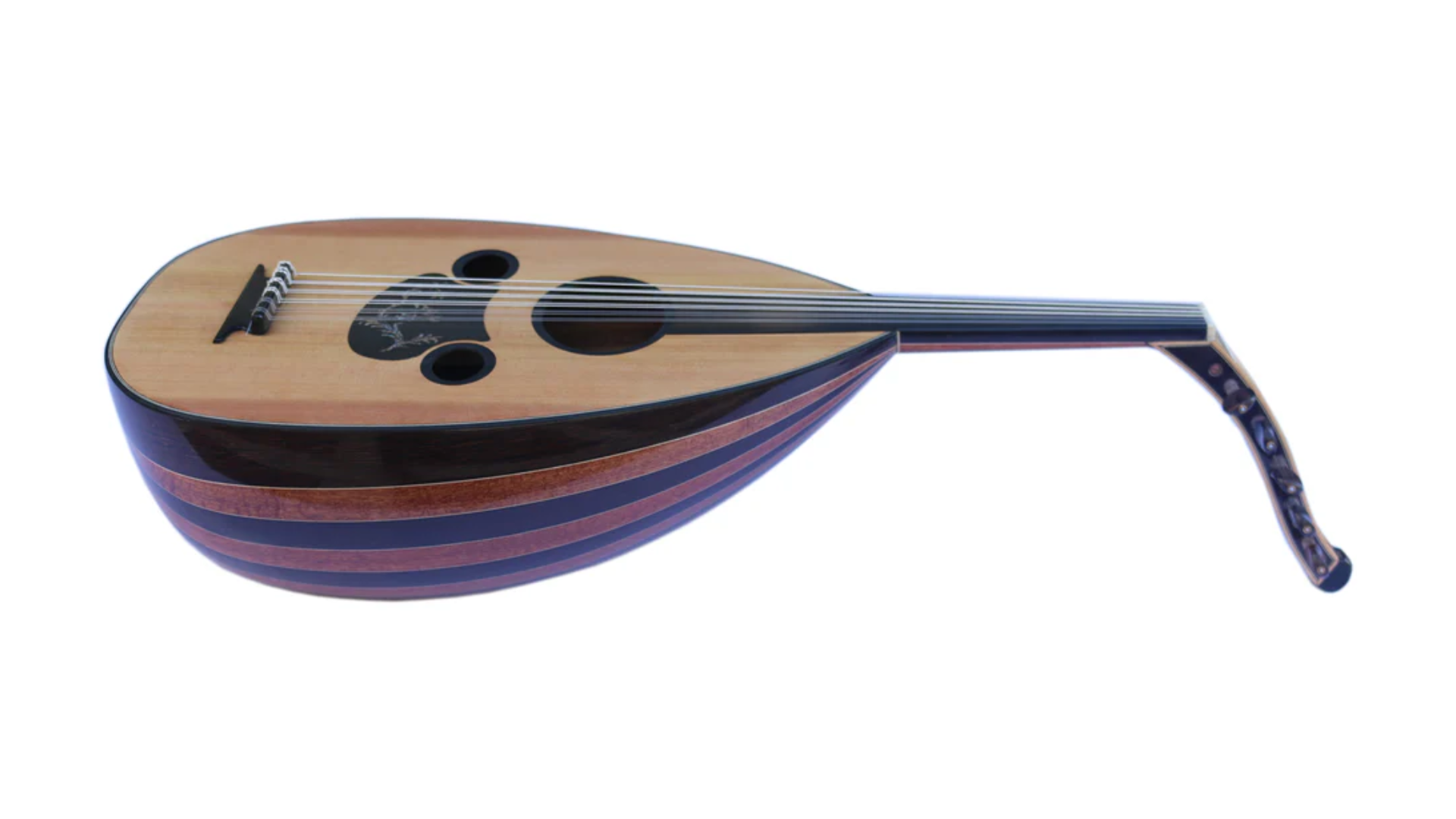
The Arabic oud is a pear-shaped, fretless lute characterized by its deep, warm resonance. It’s central to Middle Eastern classical music and improvisation. Musicians pluck it with a long pick called a risha.
Origin: Ancient Mesopotamia, with modern roots in the Arab world.
Fun Fact: The word “oud” means “wood” in Arabic!
39. Antara
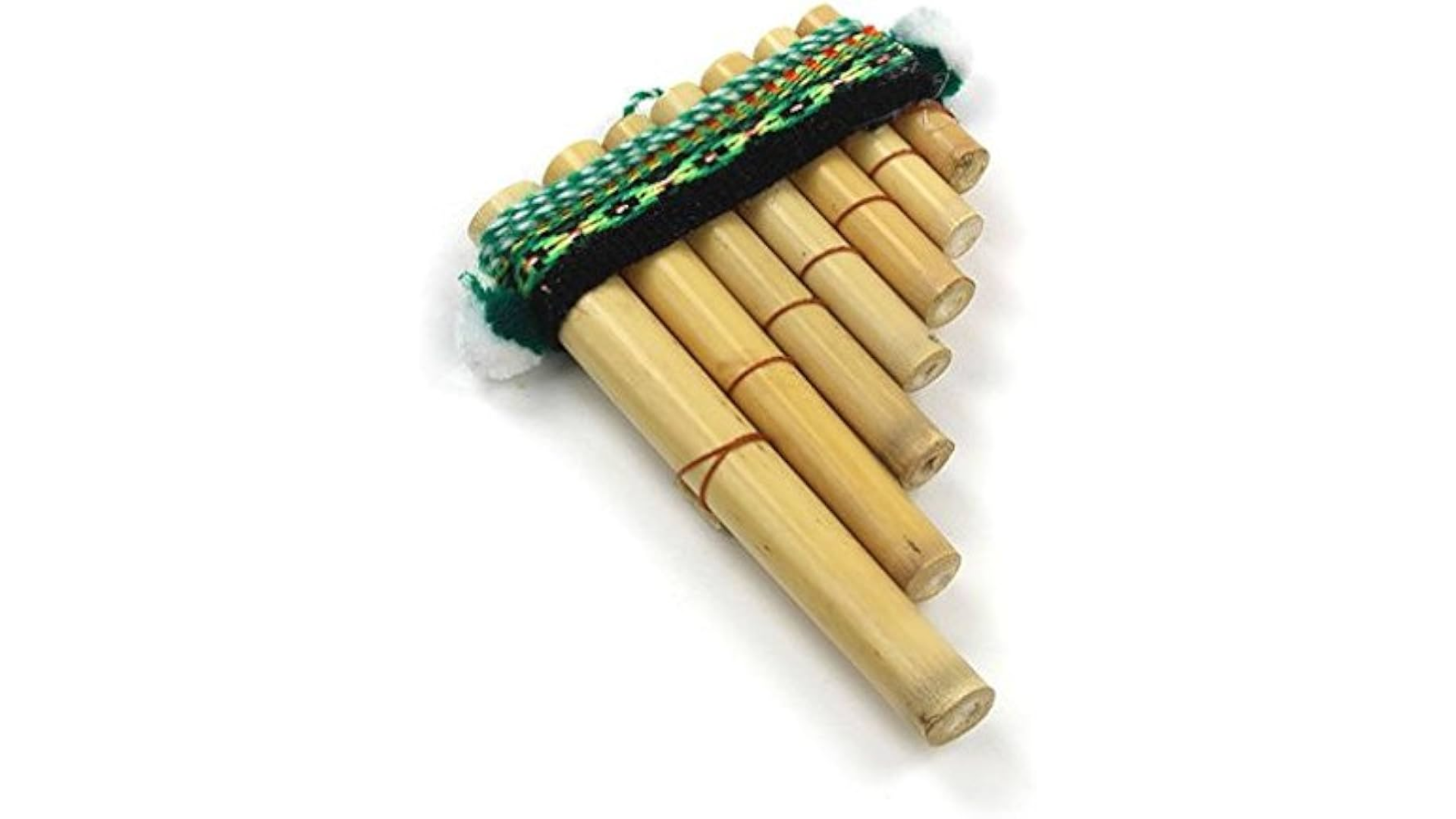
The antara is an ancient Andean pan flute similar to the panpipes but arranged in a single row. It creates sweet, pure notes played during harvest festivals and folk dances. It symbolizes harmony with nature.
Origin: Andes Mountains, especially Peru and Bolivia.
Fun Fact: The antara is often crafted from reed or condor feathers!
40. Angklung Bali
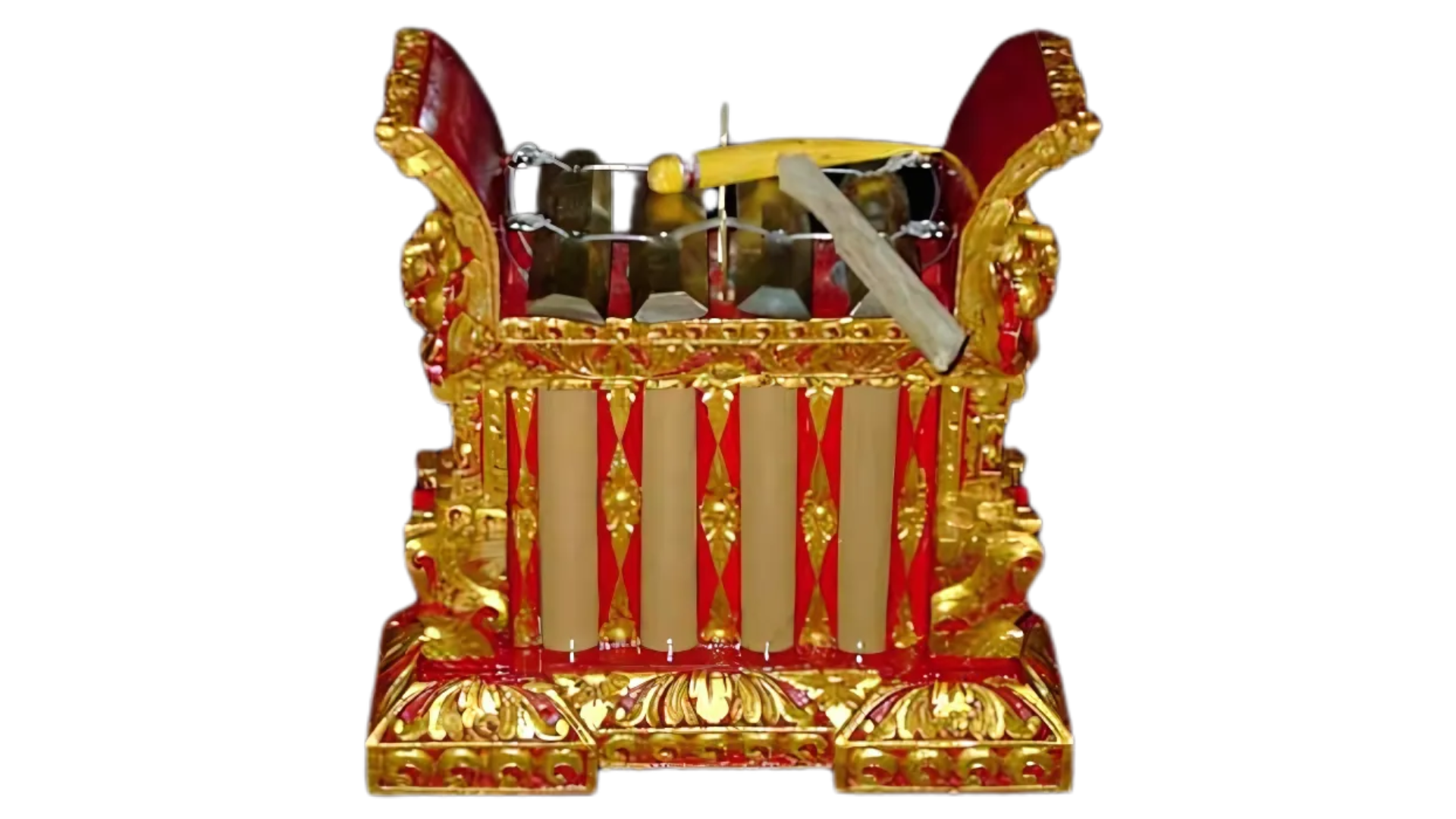
The angklung Bali is a Balinese version of the angklung, tuned differently for temple and gamelan performances. It produces shimmering, layered sounds when shaken. It’s often used in dance dramas and rituals.
Origin: Bali, Indonesia.
Fun Fact: Unlike Sundanese angklung, Balinese versions are played faster and more percussively!
41. Alpine Zither
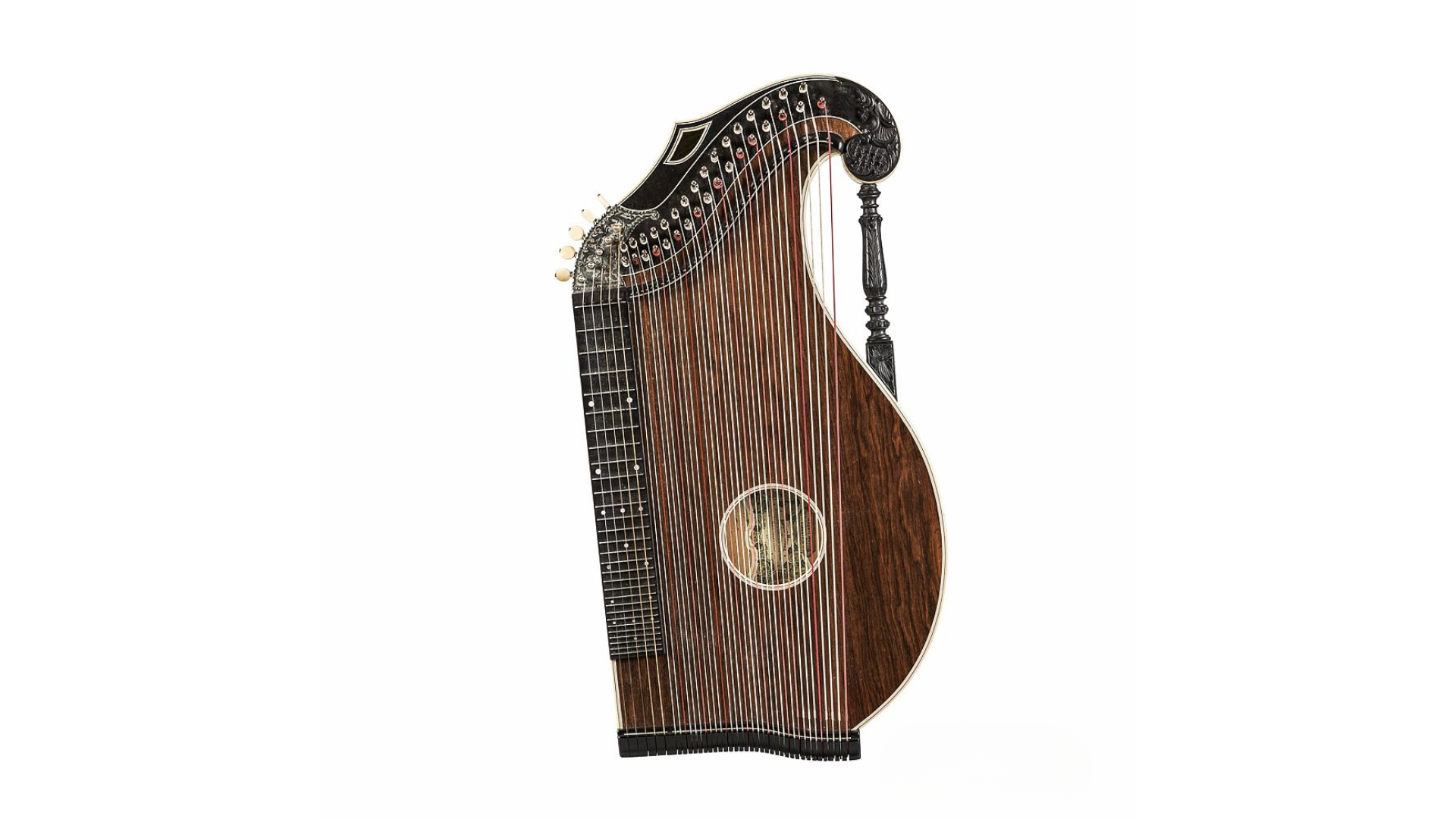
The alpine zither is a traditional string instrument that is popular in the Alpine regions of Germany, Austria, and Switzerland. It’s played flat on a table, plucking melody strings and strumming accompaniment. Its sound suits folk and classical music.
Origin: Alpine Europe, thriving since the 18th century.
Fun Fact: The zither gained global fame thanks to the movie The Third Man!
42. Afoxe
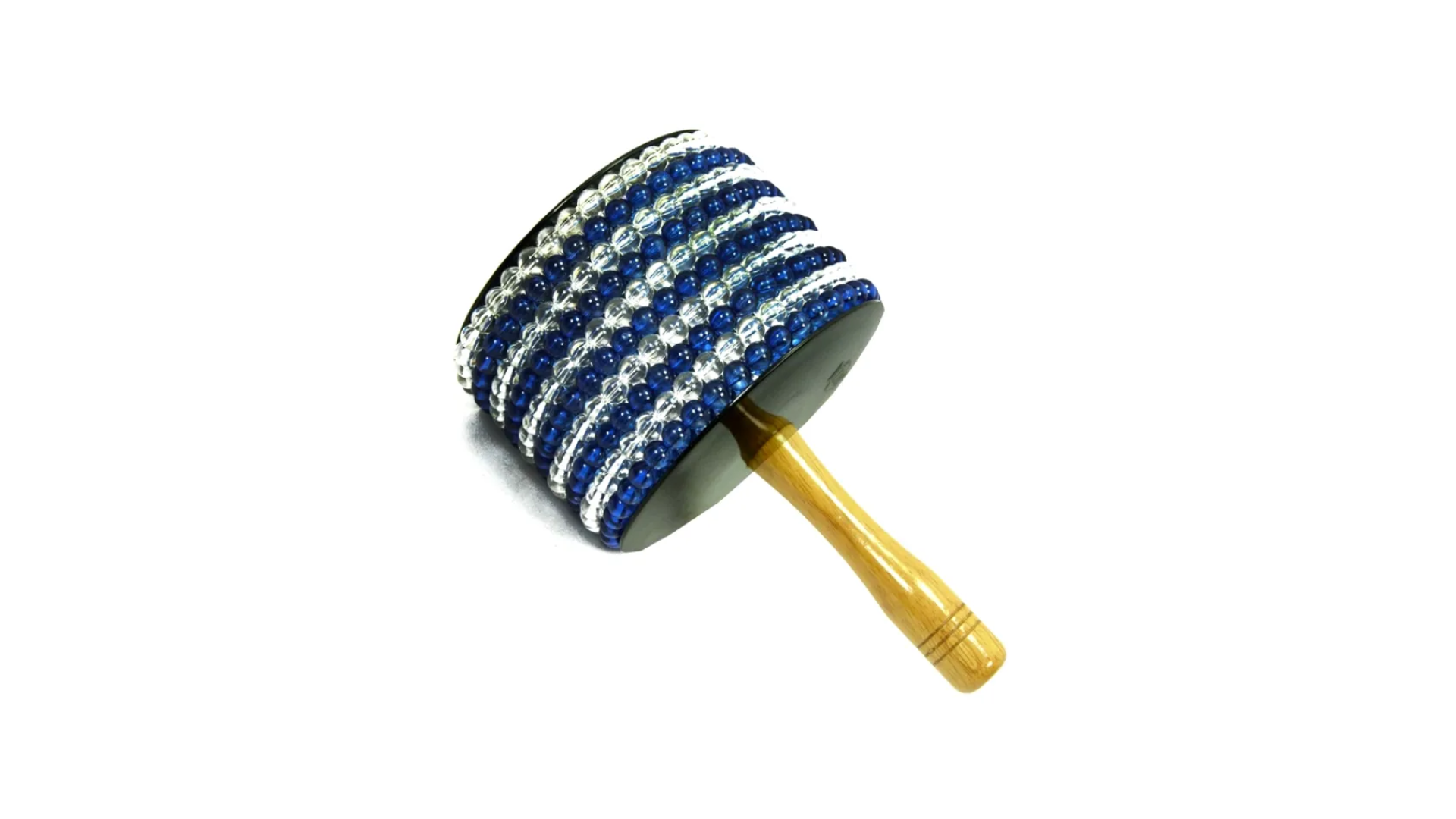
The afoxe is a Brazilian percussion instrument made from a gourd wrapped in beads or seeds. When shaken or twisted, it creates a rustling, rhythmic sound. It’s essential in Afro-Brazilian carnival music.
Origin: Brazil, with African Yoruba roots.
Fun Fact: It’s closely related to the West African shekere!
43. Anantarai Thimila
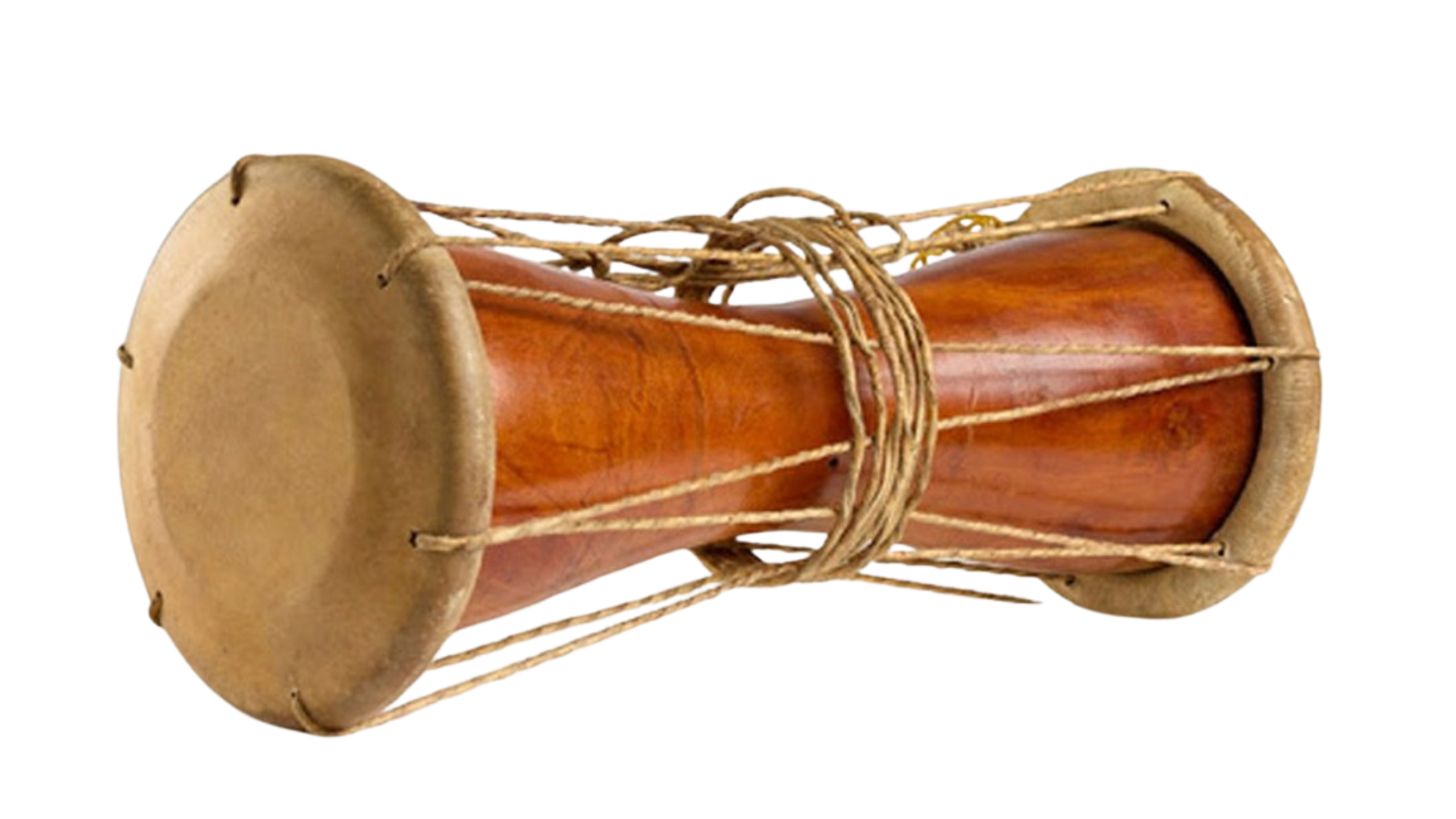
The anantarai thimila is a South Indian hourglass drum used in temple rituals and processions. Players strike their leather heads with hands and sticks, producing sharp, rapid beats. It’s vital in Kerala’s traditional music.
Origin: Kerala, India.
Fun Fact: It’s a key drum in Panchavadyam, a temple orchestra involving five instruments!
44. Antelope Horn Trumpet
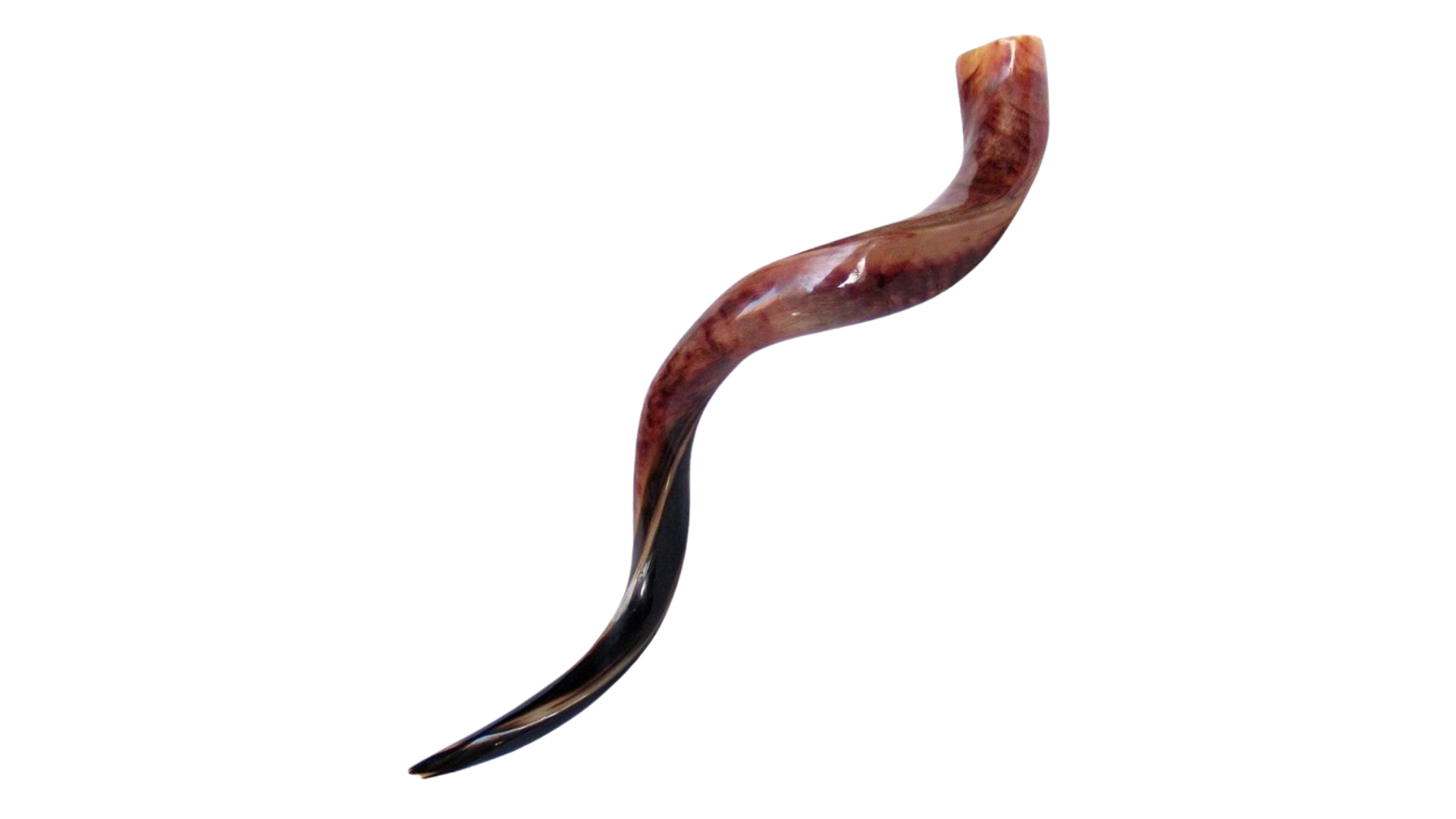
The antelope horn trumpet is an ancient wind instrument made from hollowed antelope horns. It’s used in African tribal ceremonies and hunting calls. Its raw, echoing blast signals gatherings or warnings.
Origin: Various African regions, including Southern and Eastern Africa.
Fun Fact: It’s sometimes decorated with tribal beads and feathers!
Conclusion
Who knew the letter ‘A’ could sound so good? From the gentle strum of an acoustic guitar to the bold brass of an alto saxophone, these instruments prove that music truly speaks every language.
Each one tells its own story, some whisper while others demand attention.
The best part? Most of these instruments welcome beginners with open arms. That accordion gathering dust in grandma’s attic might just become someone’s new passion.
The acoustic guitar leaning against the wall could turn into late-night jam sessions with friends.
Music connects people in ways nothing else can. It builds bridges, creates memories, and brings joy to everyday moments.
What’s your favorite ‘A’ instrument? Drop a comment below and share your musical story! Want to learn about more instruments? Check out our other posts for musical inspiration.






